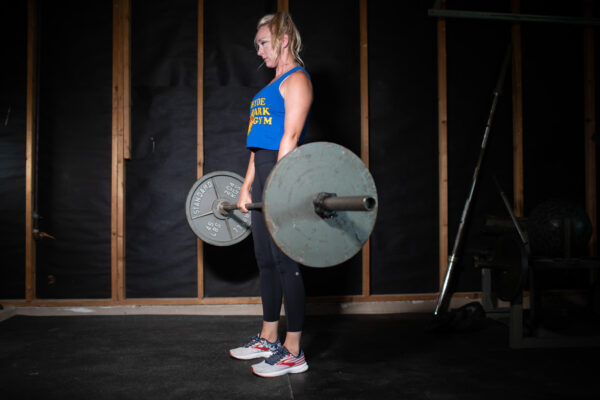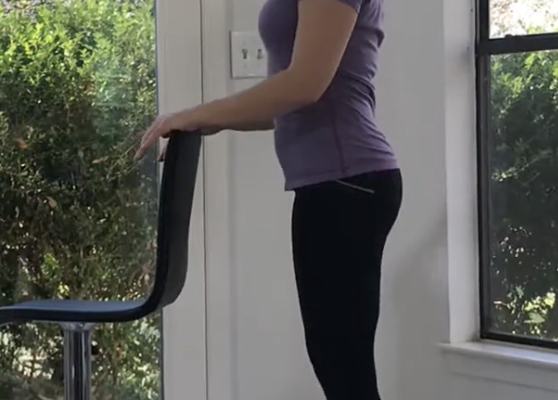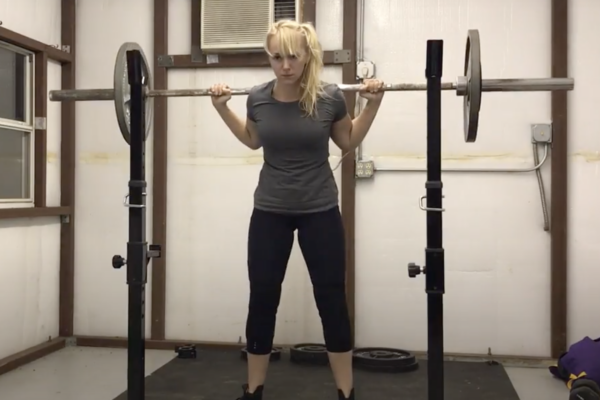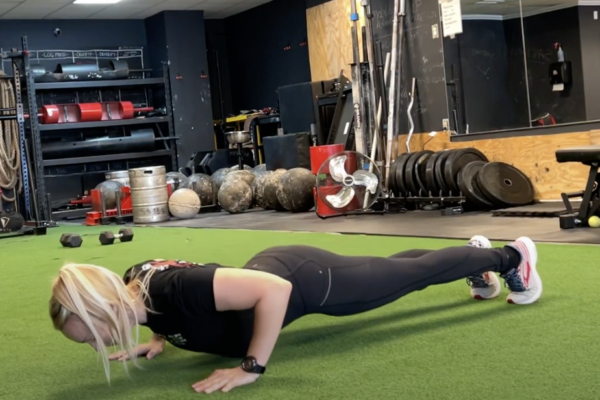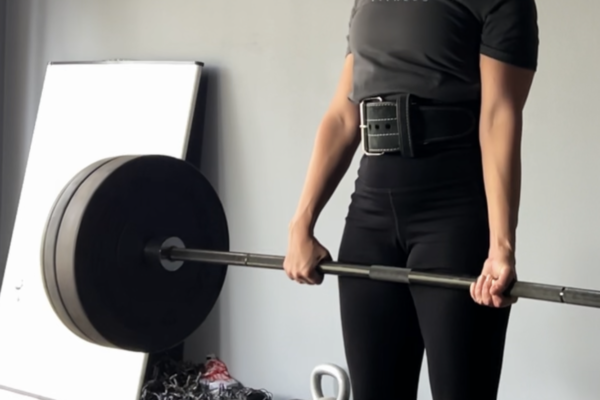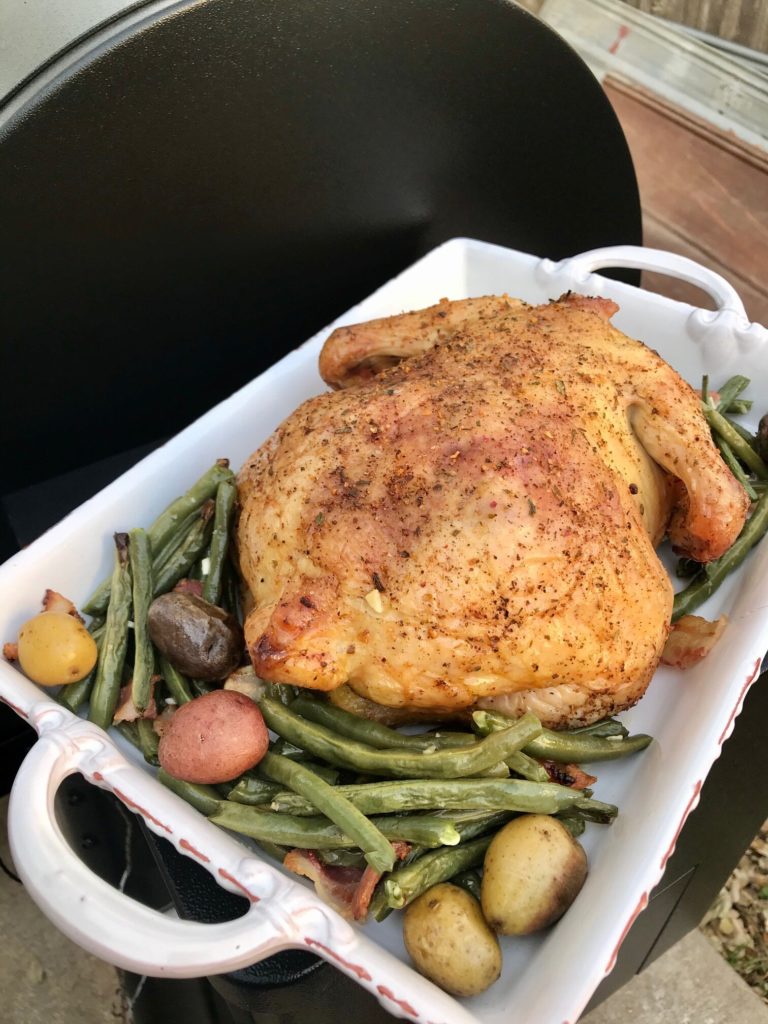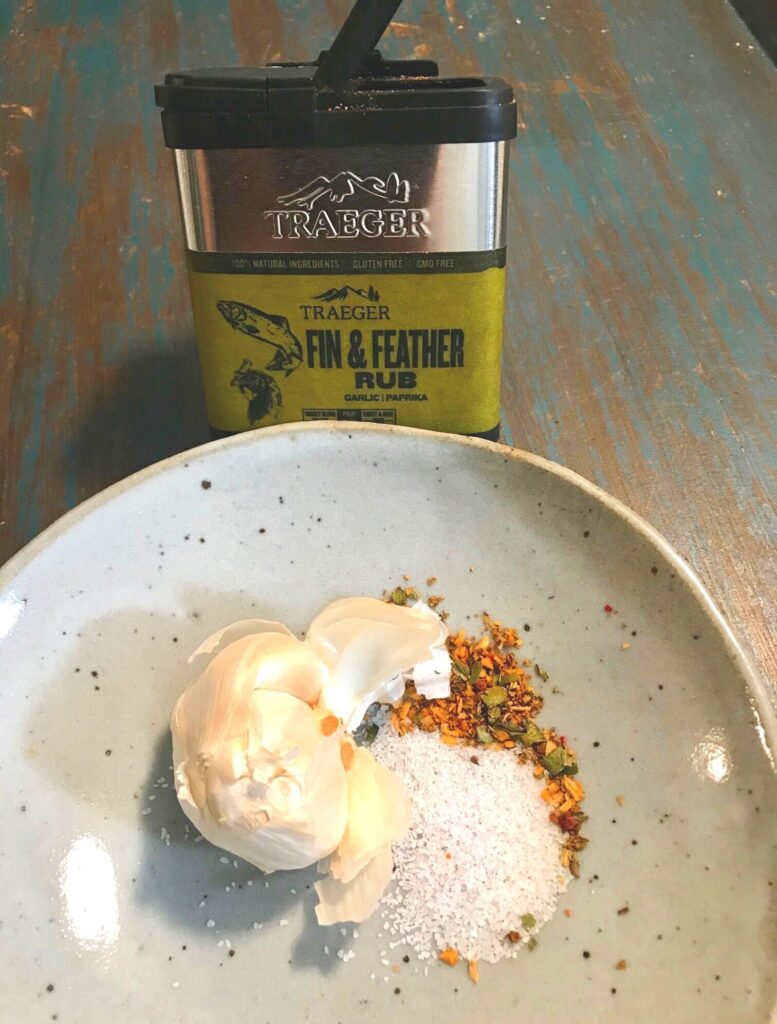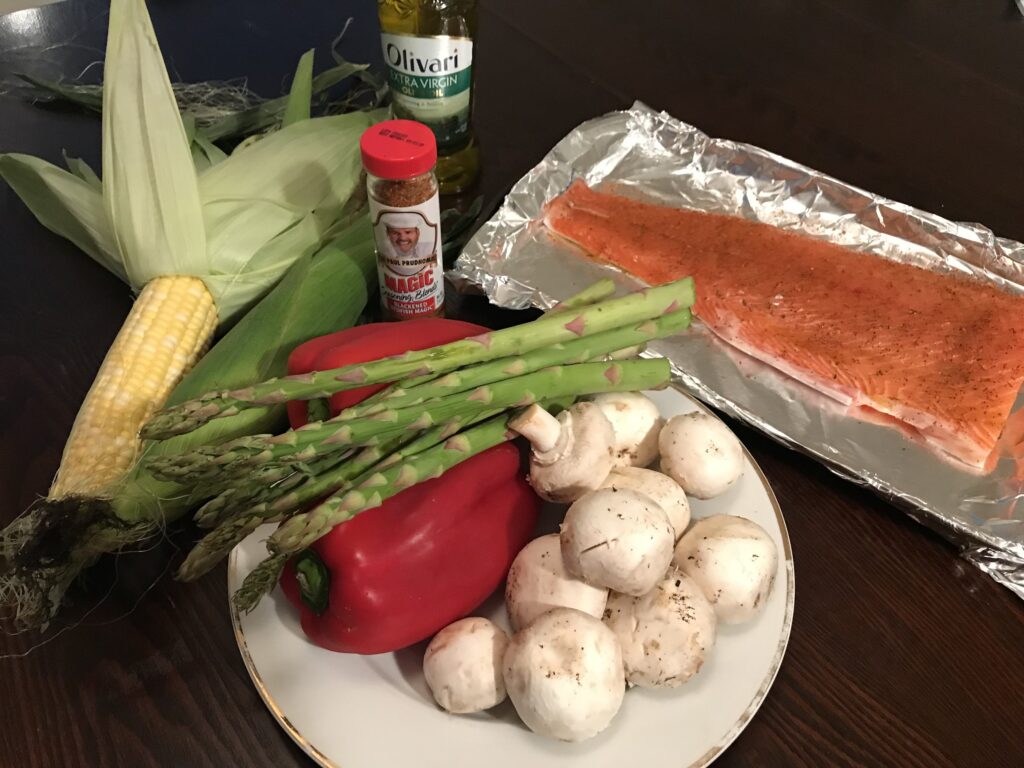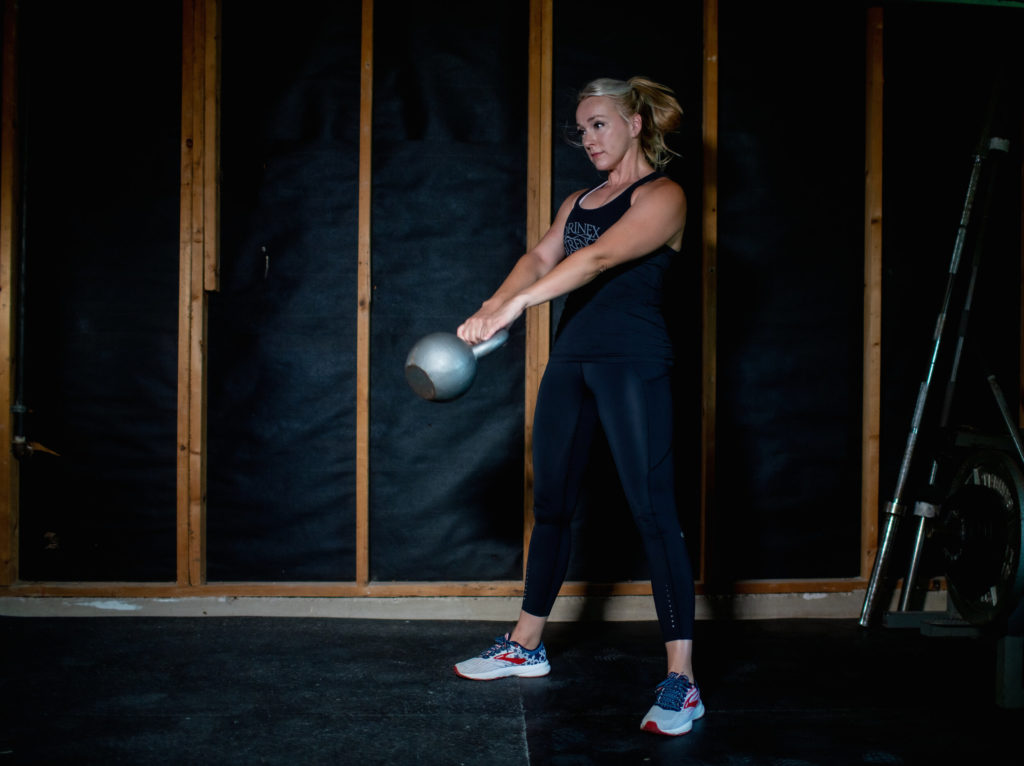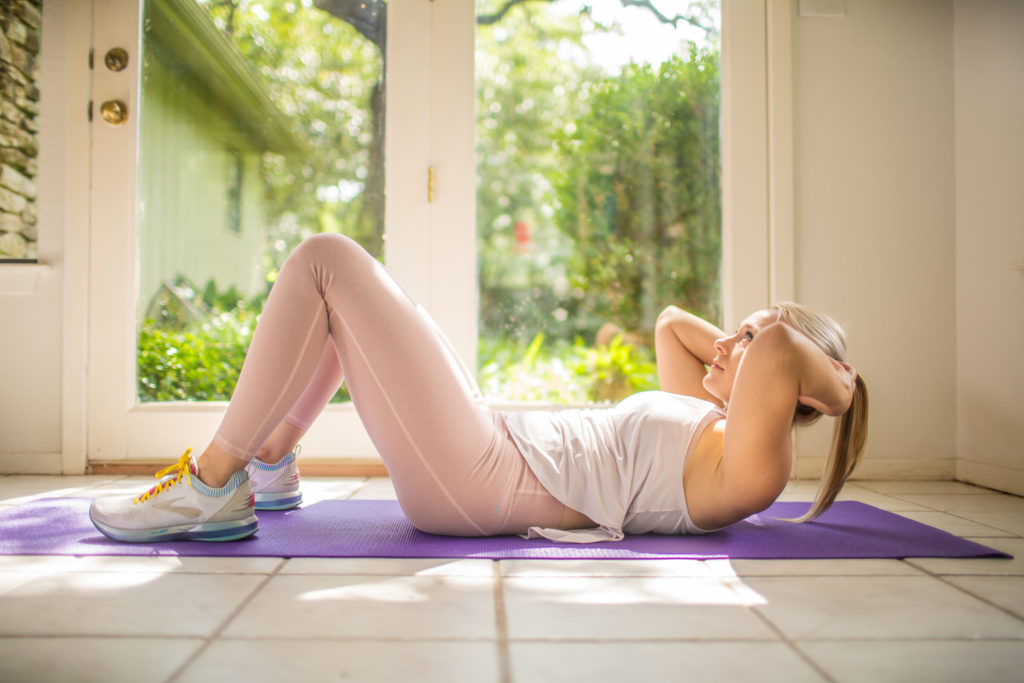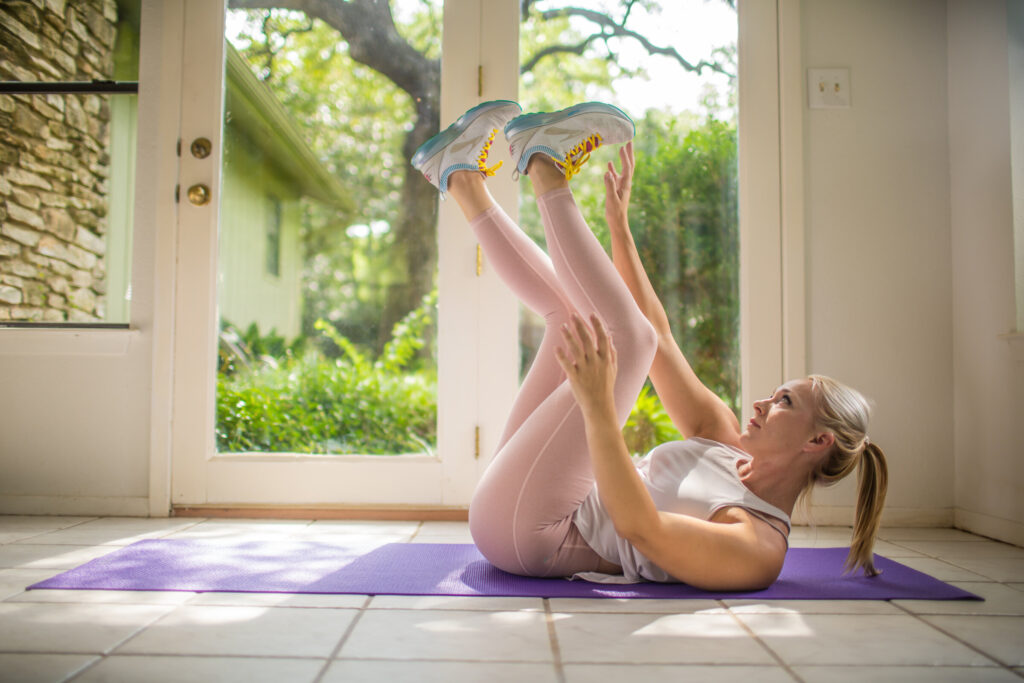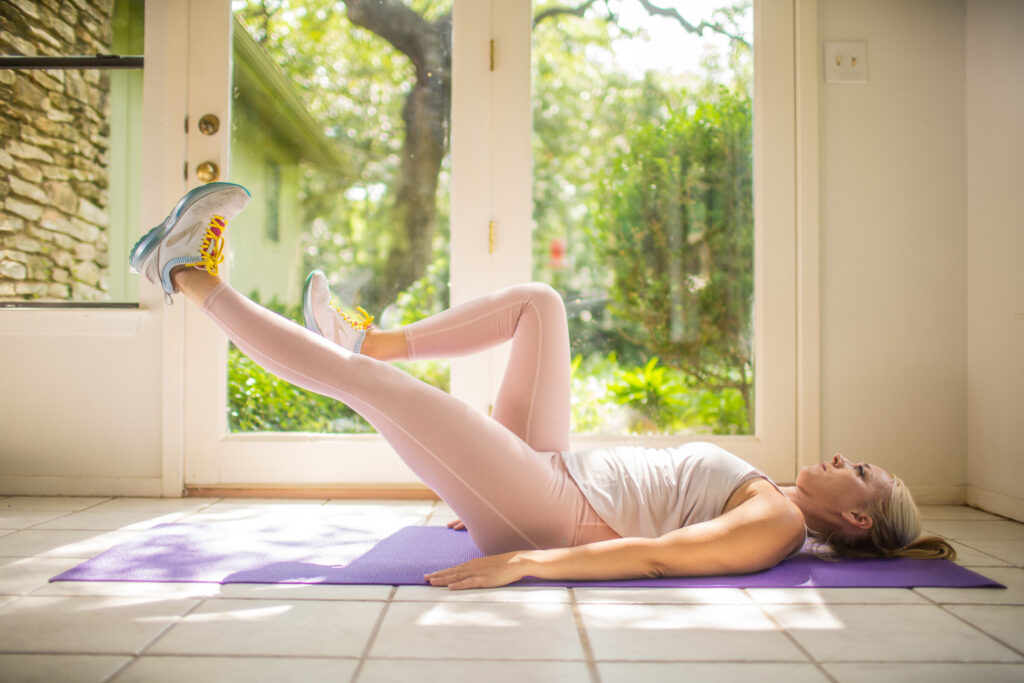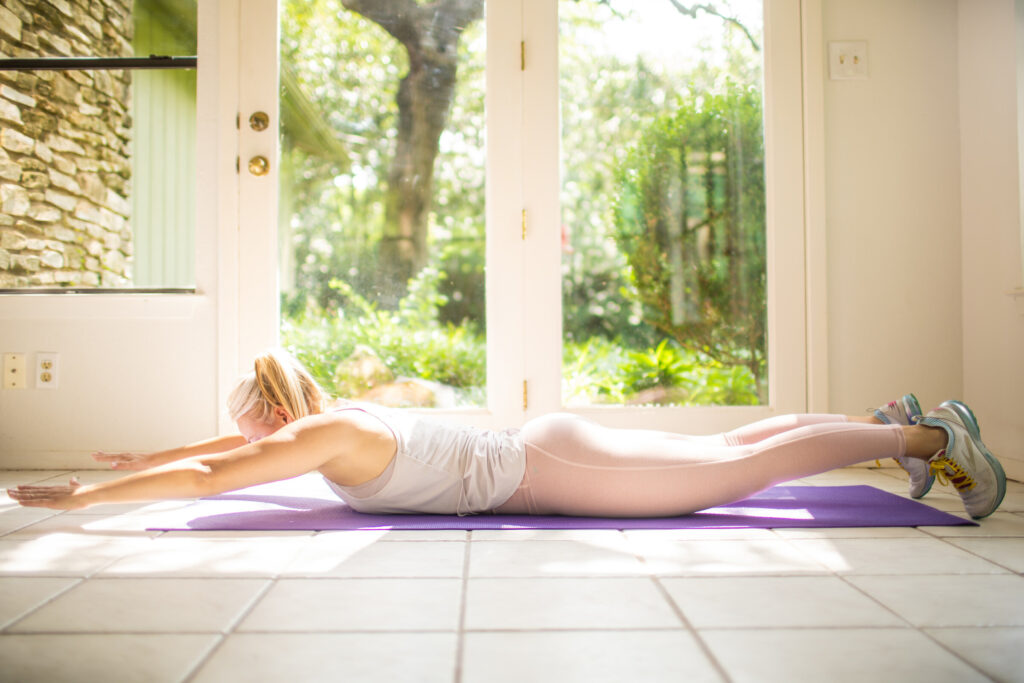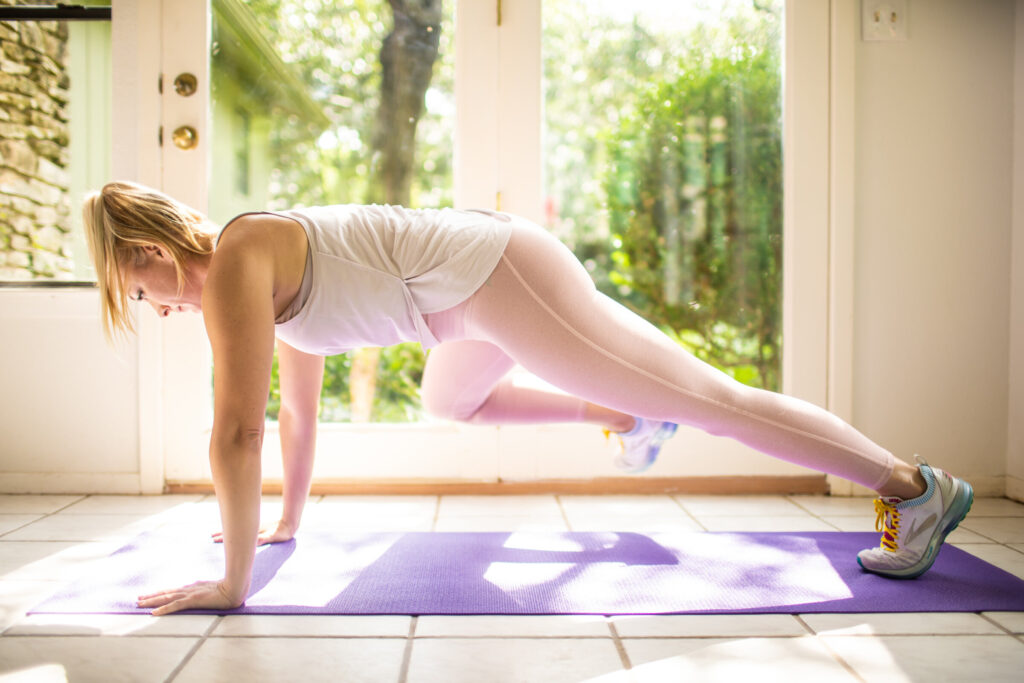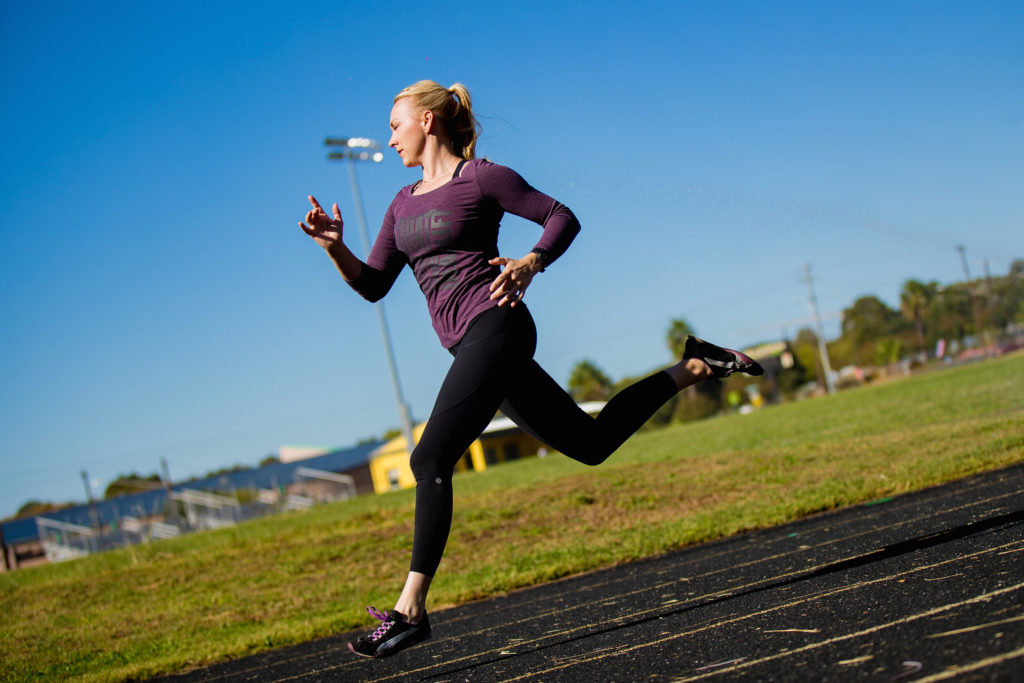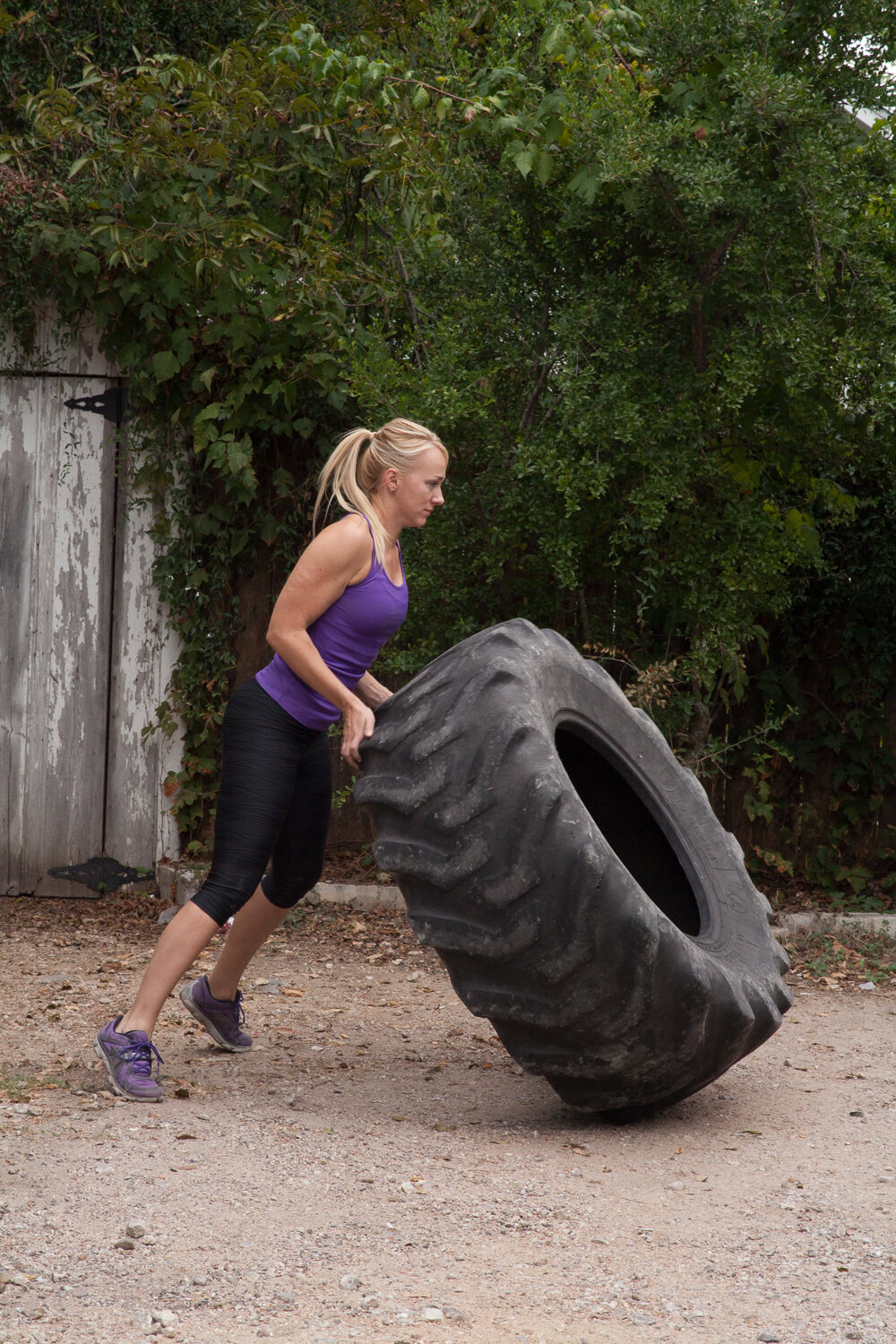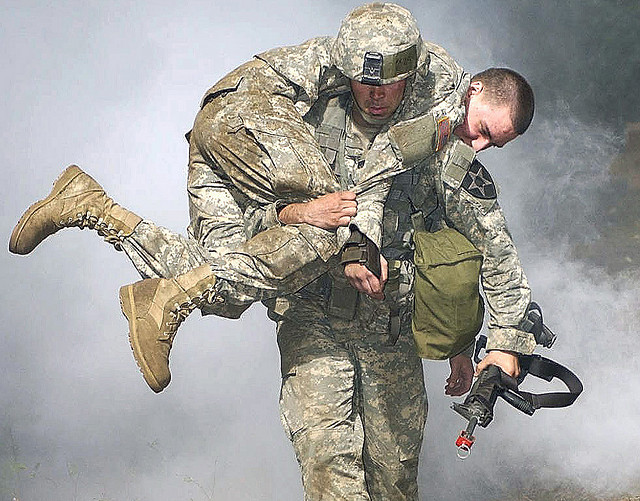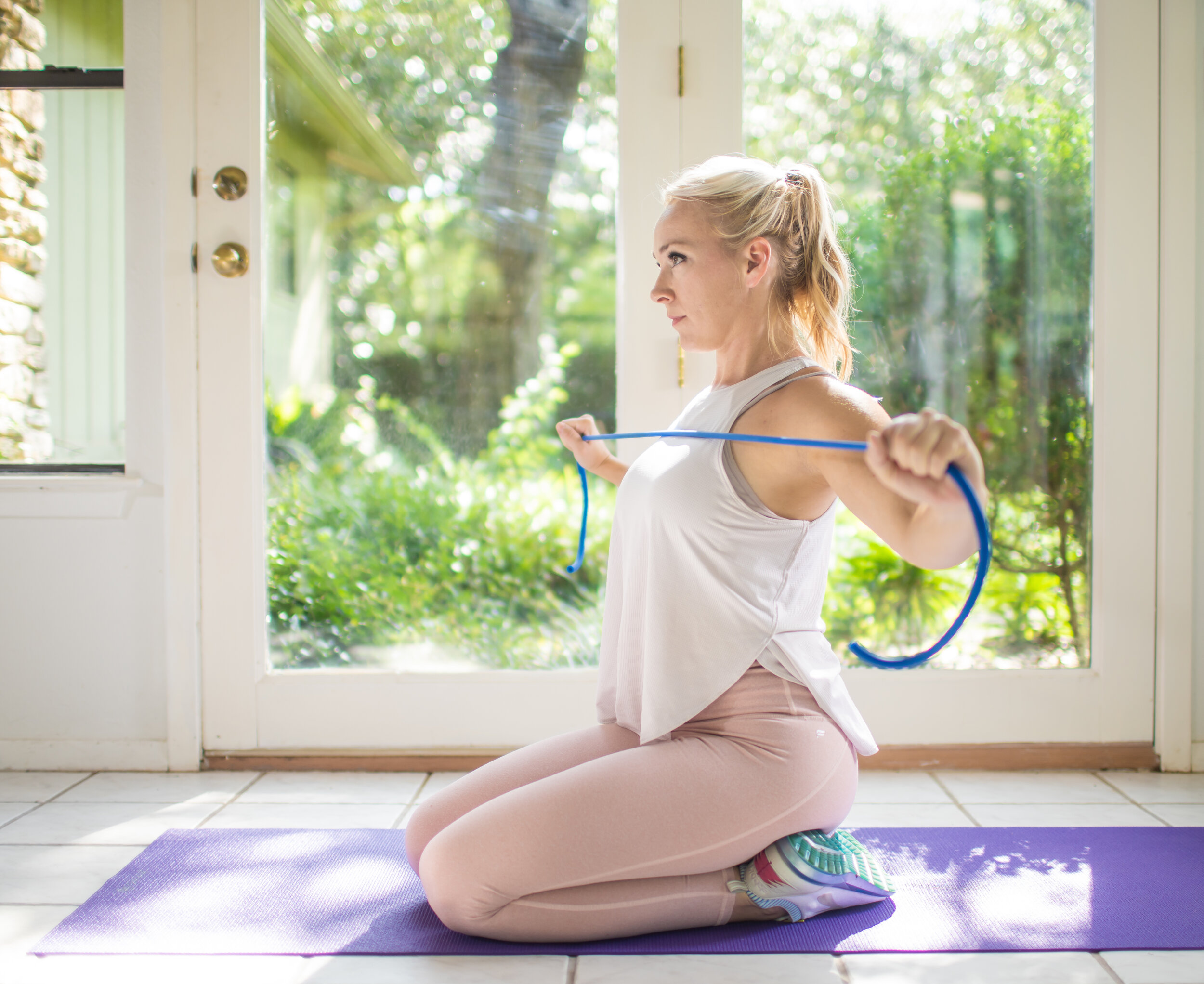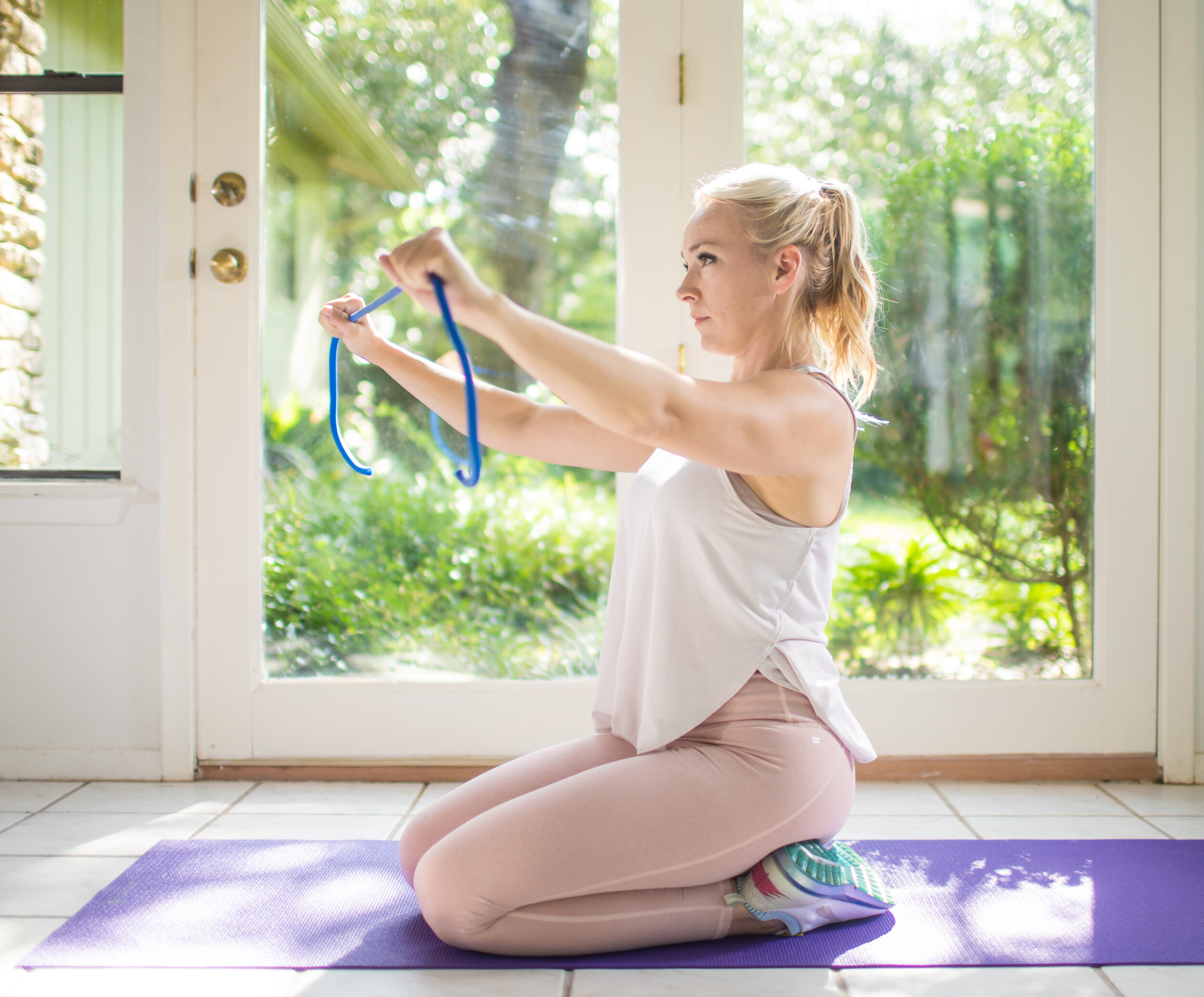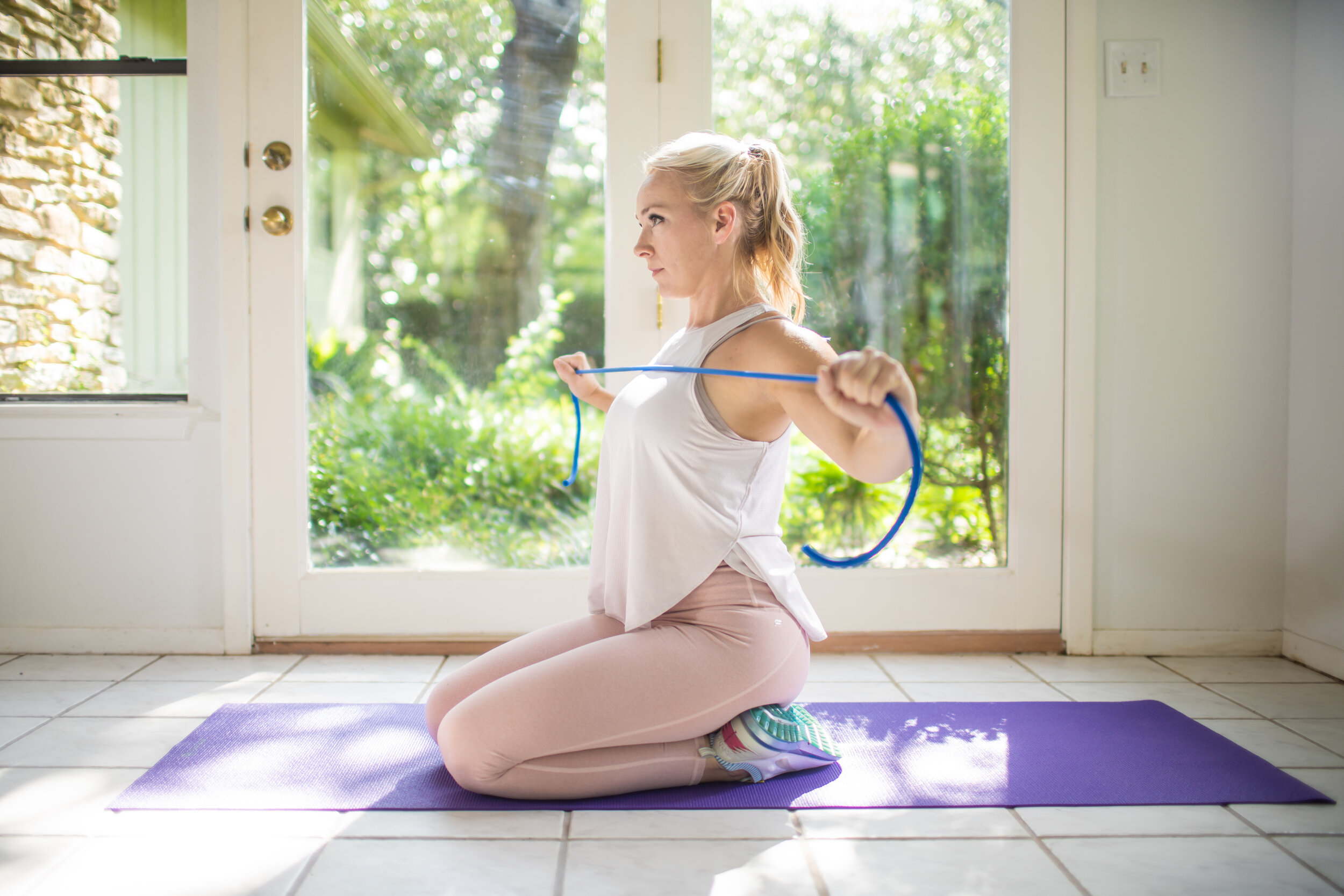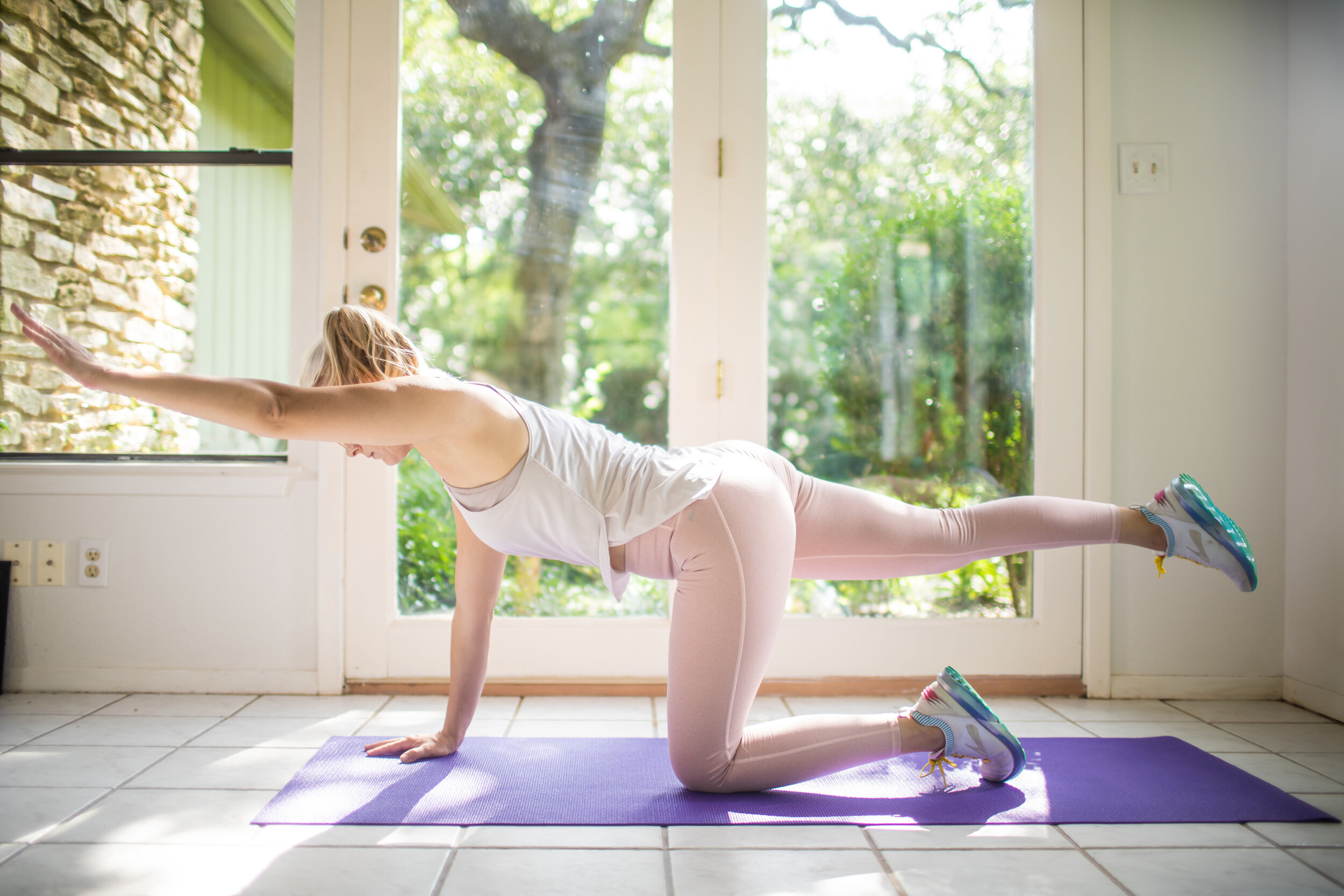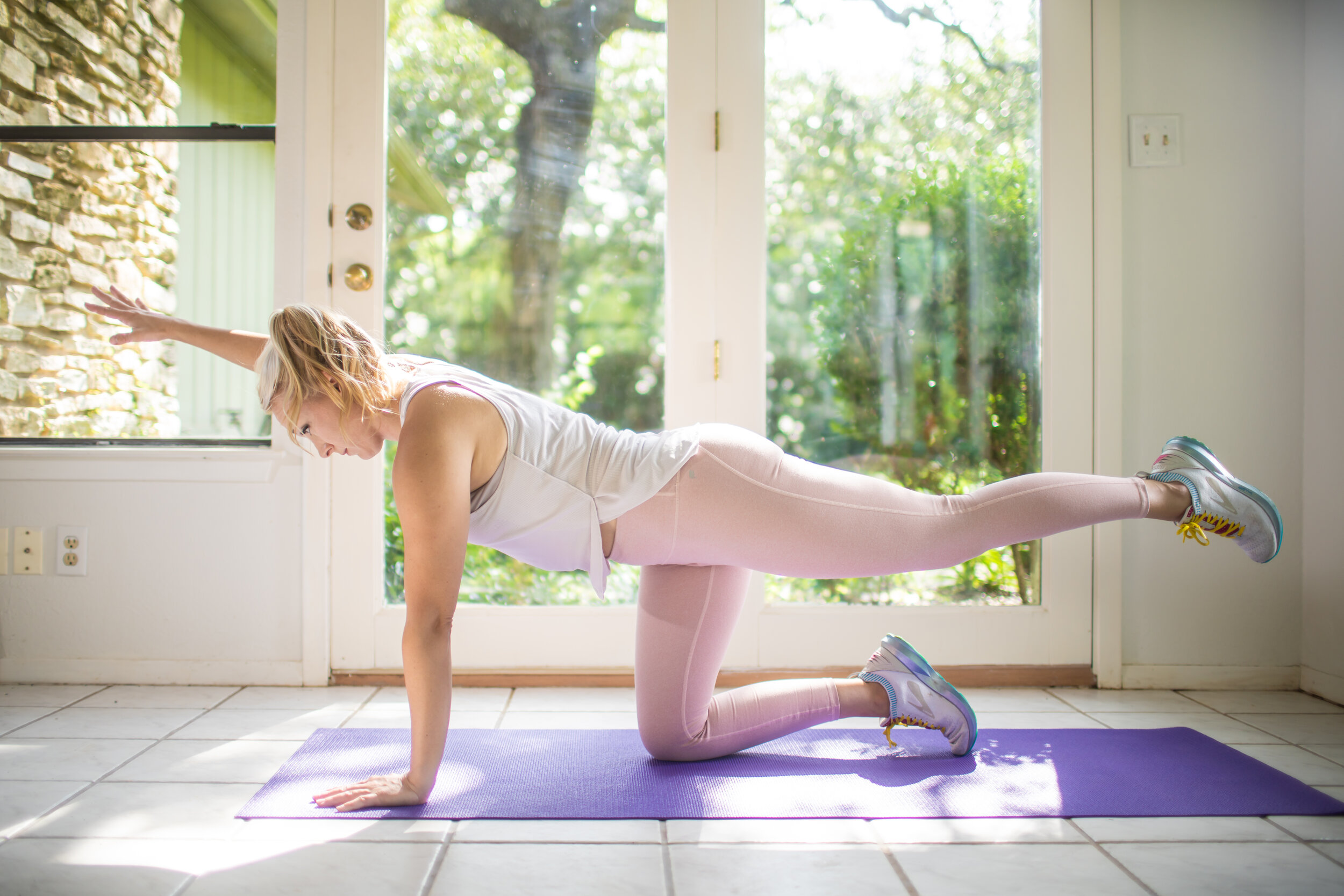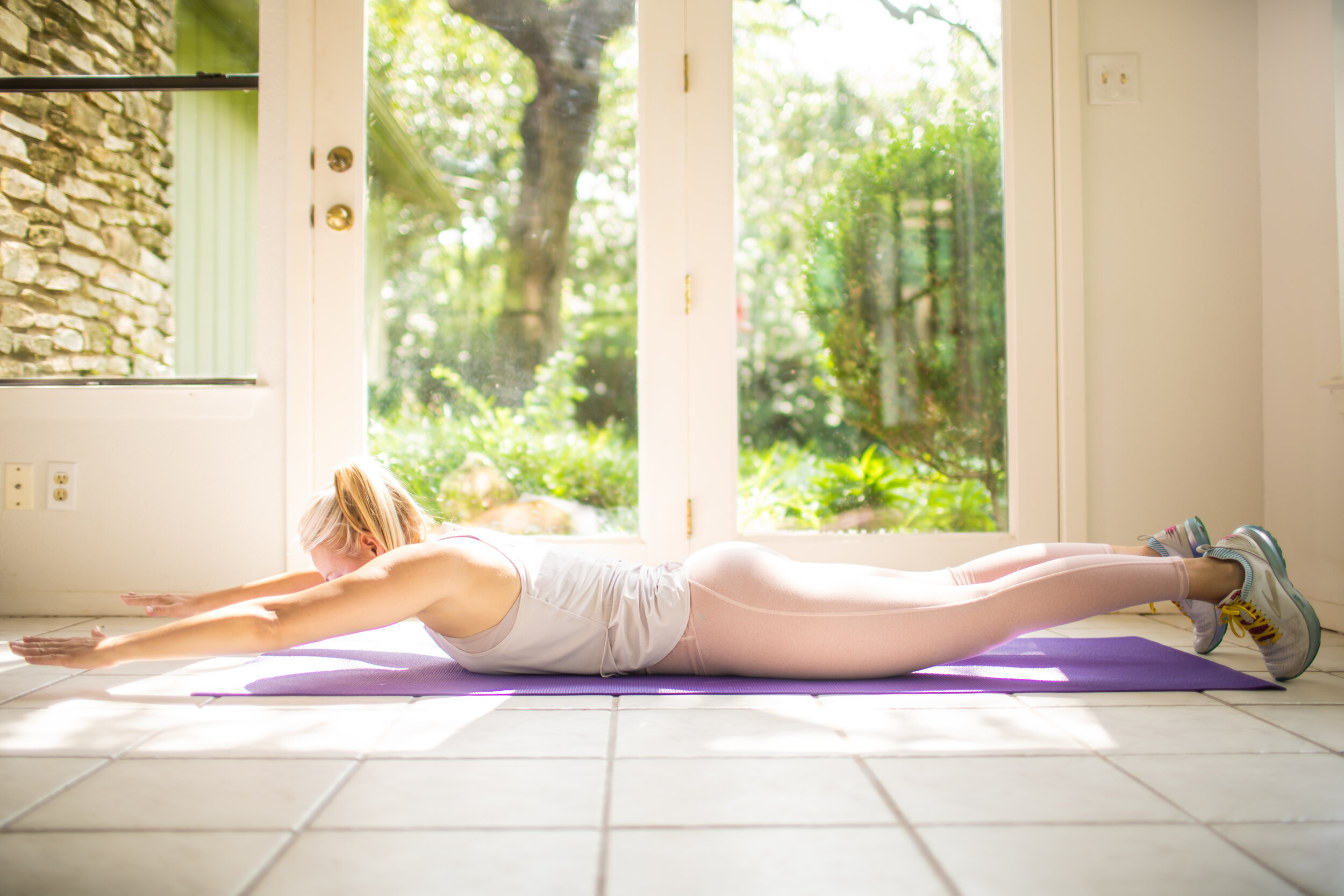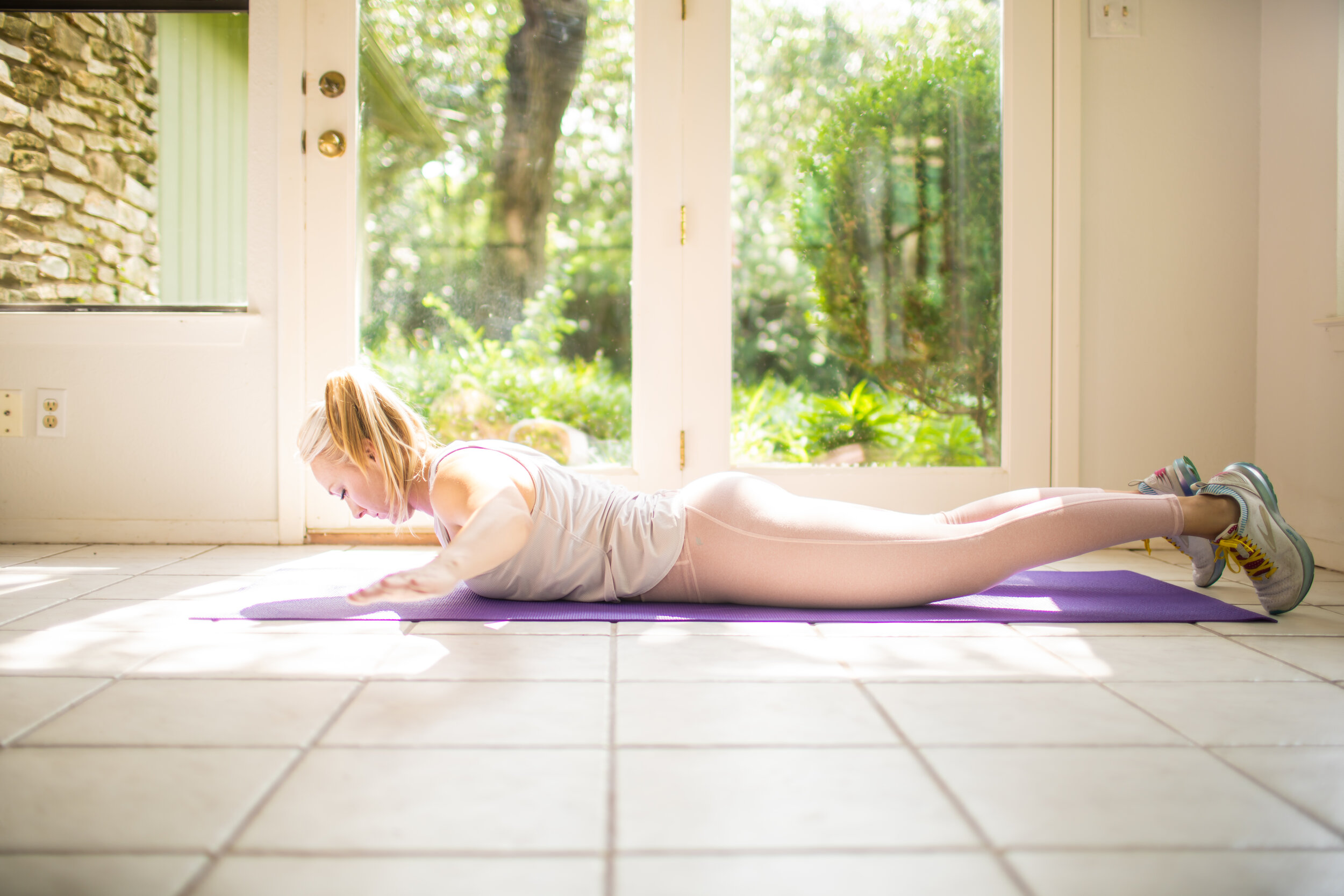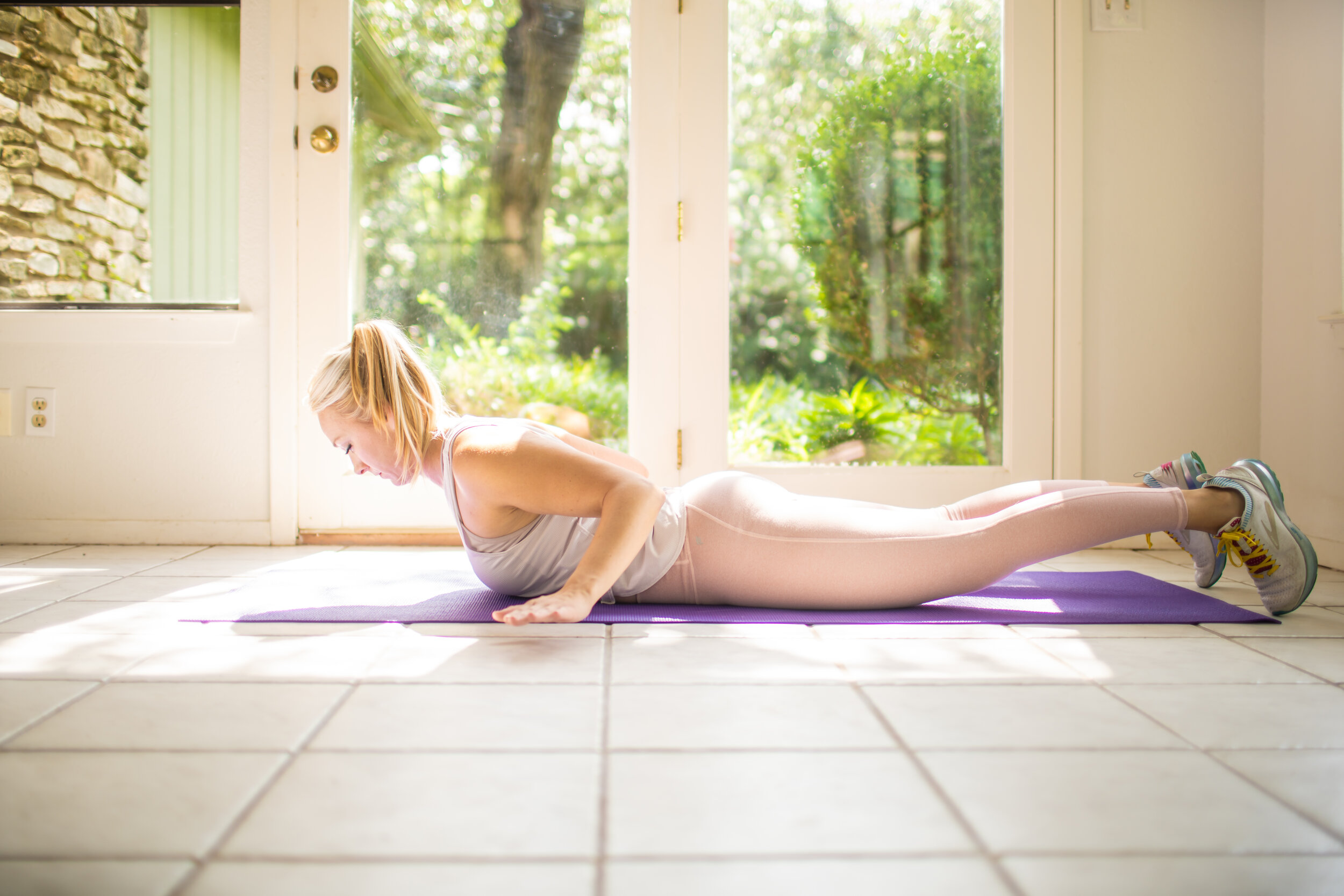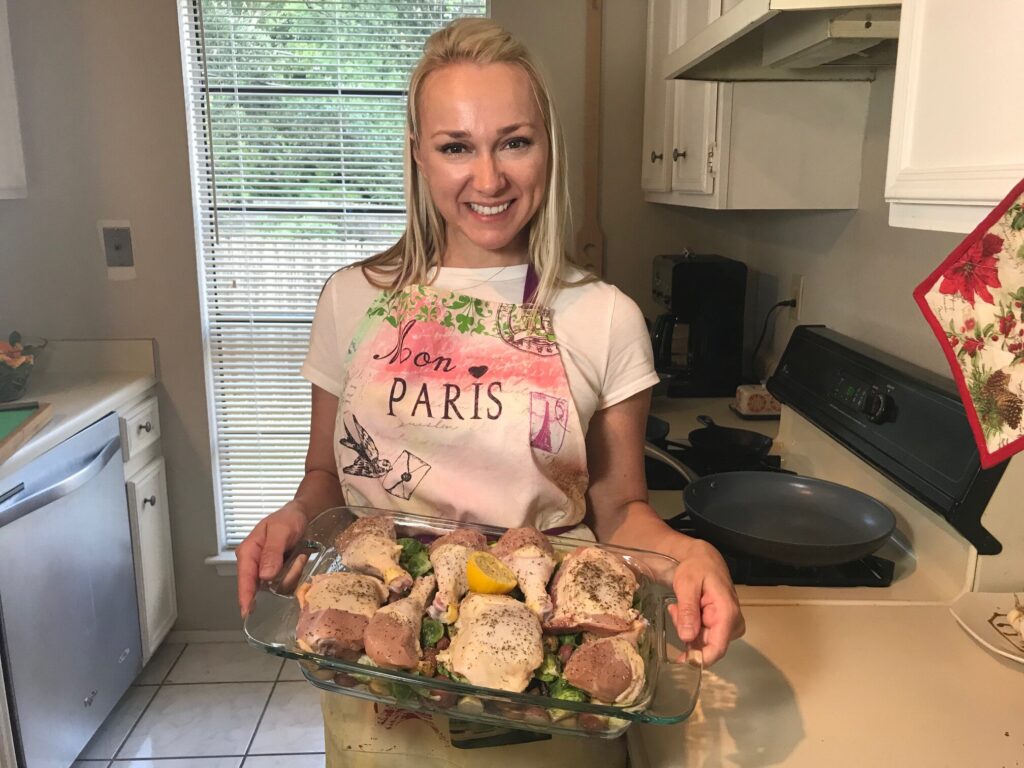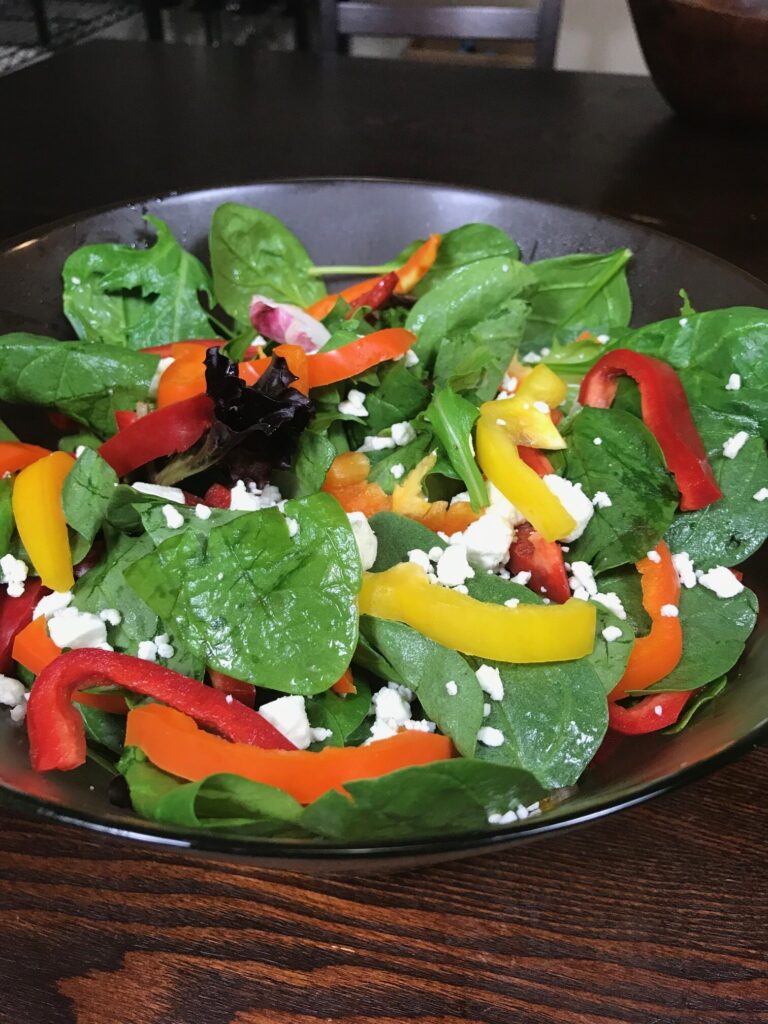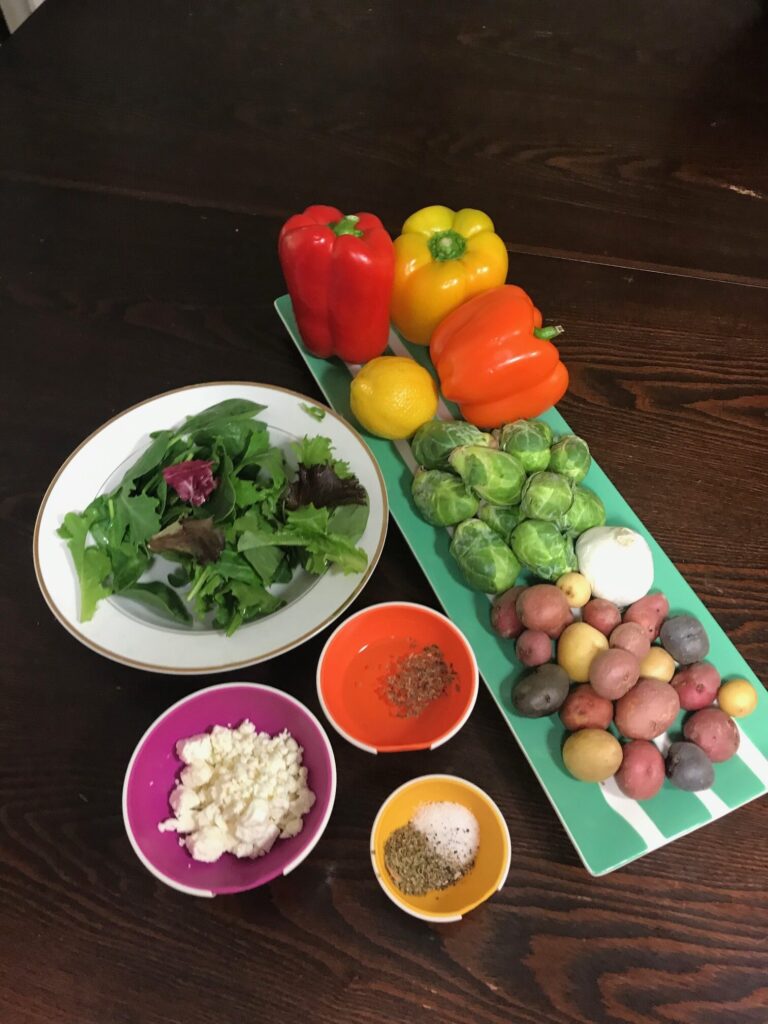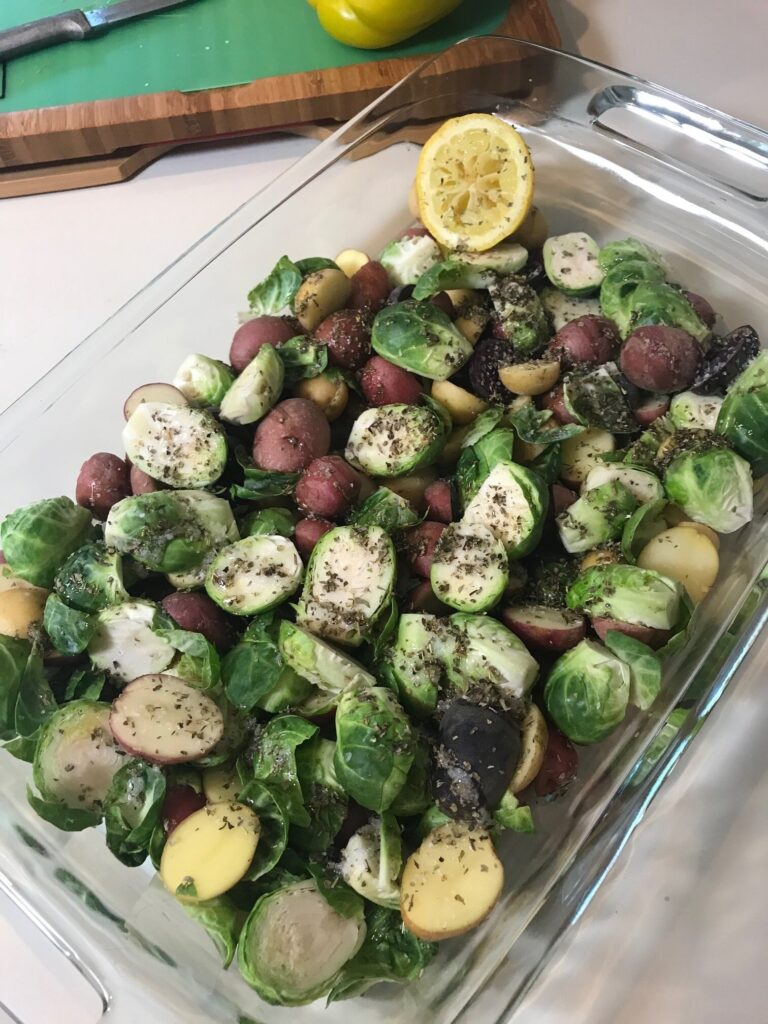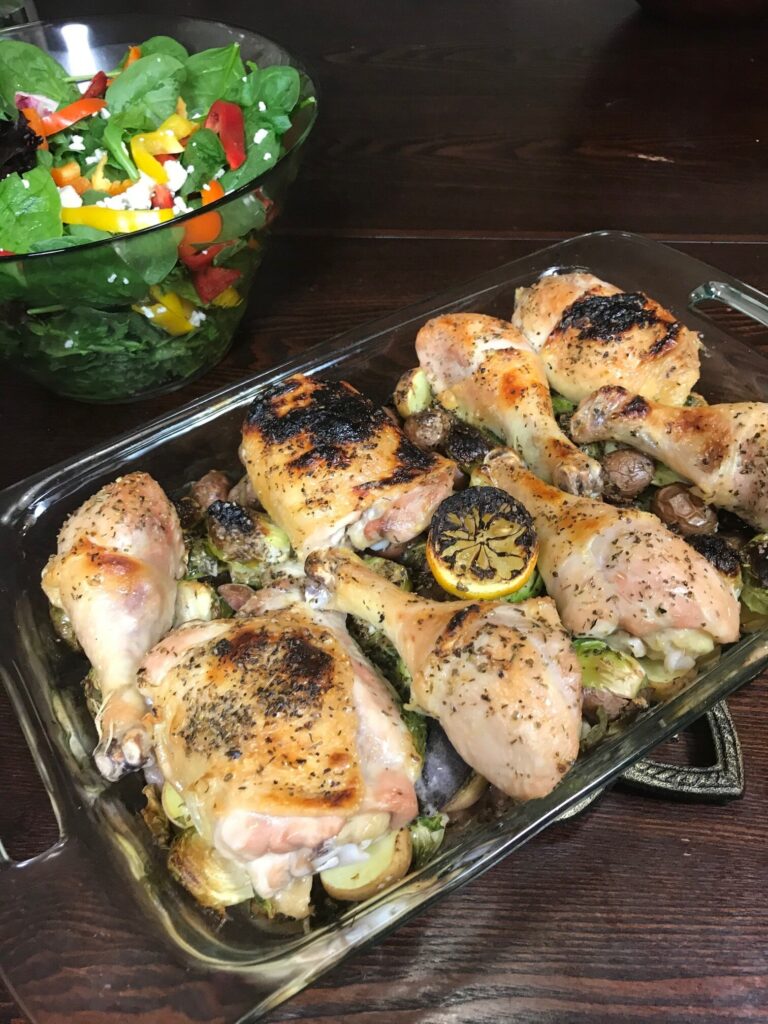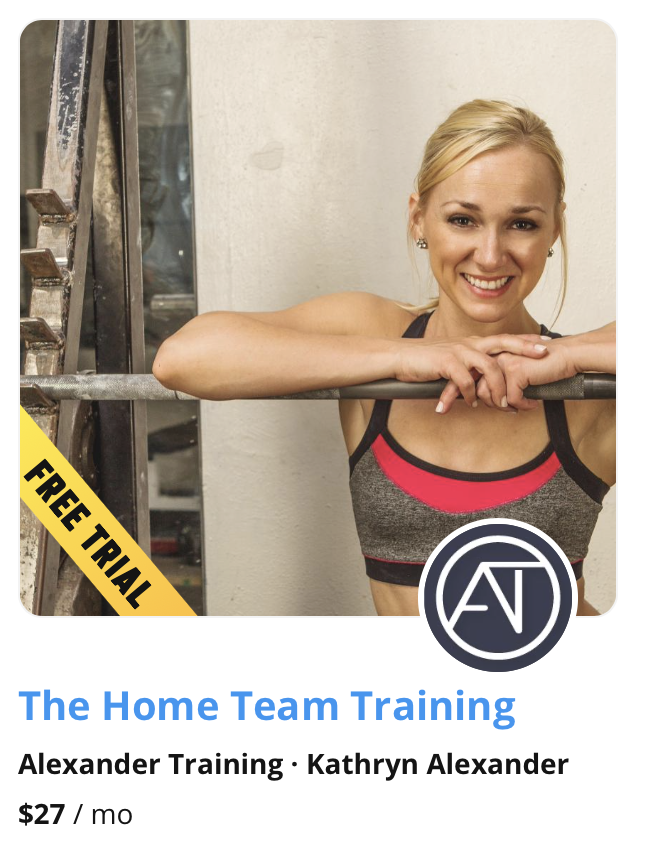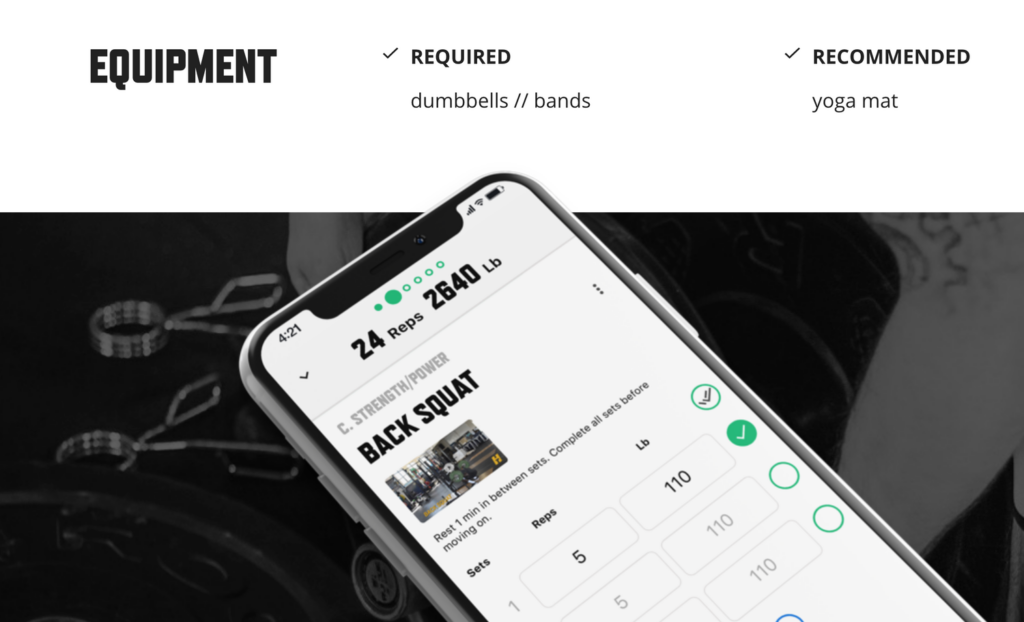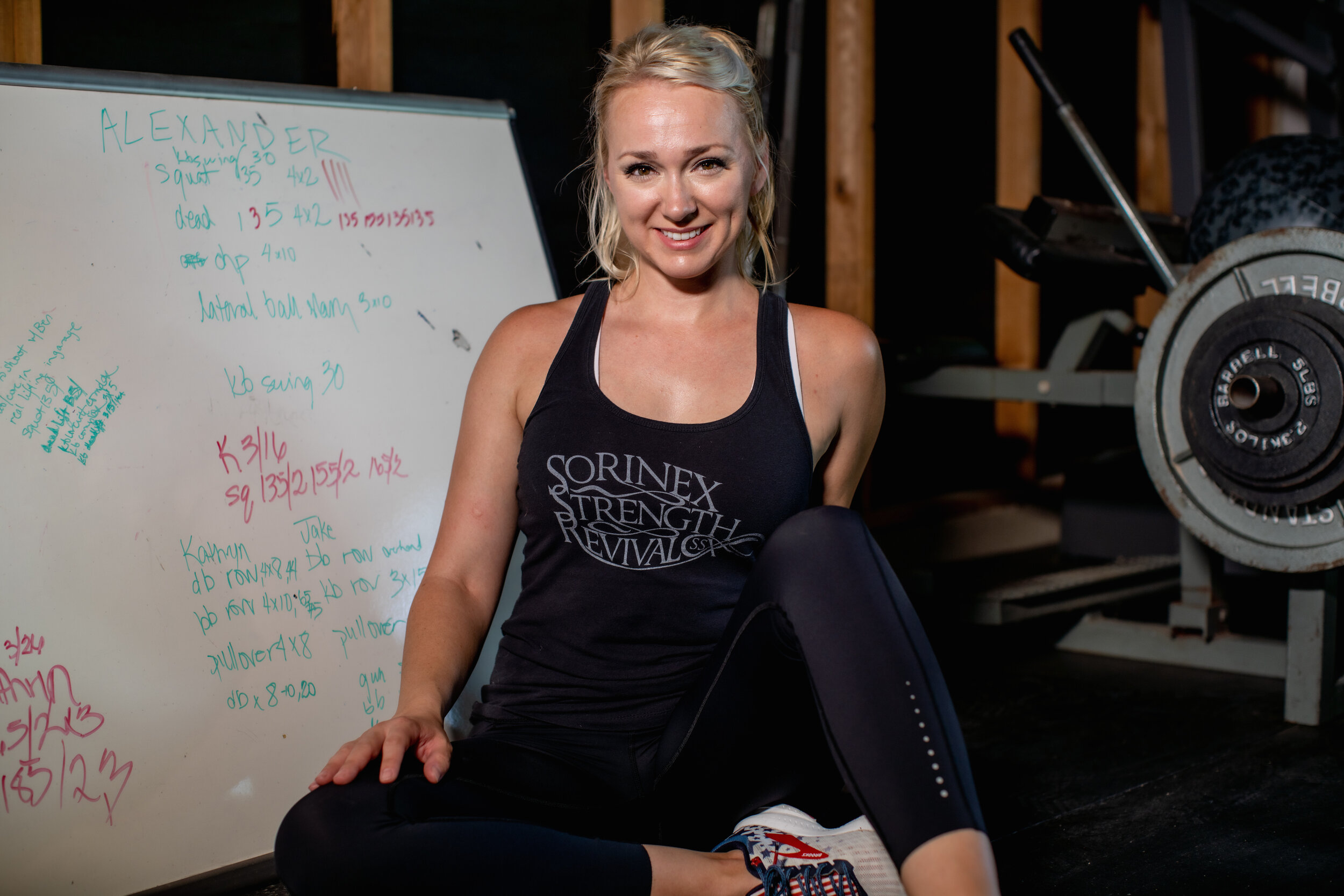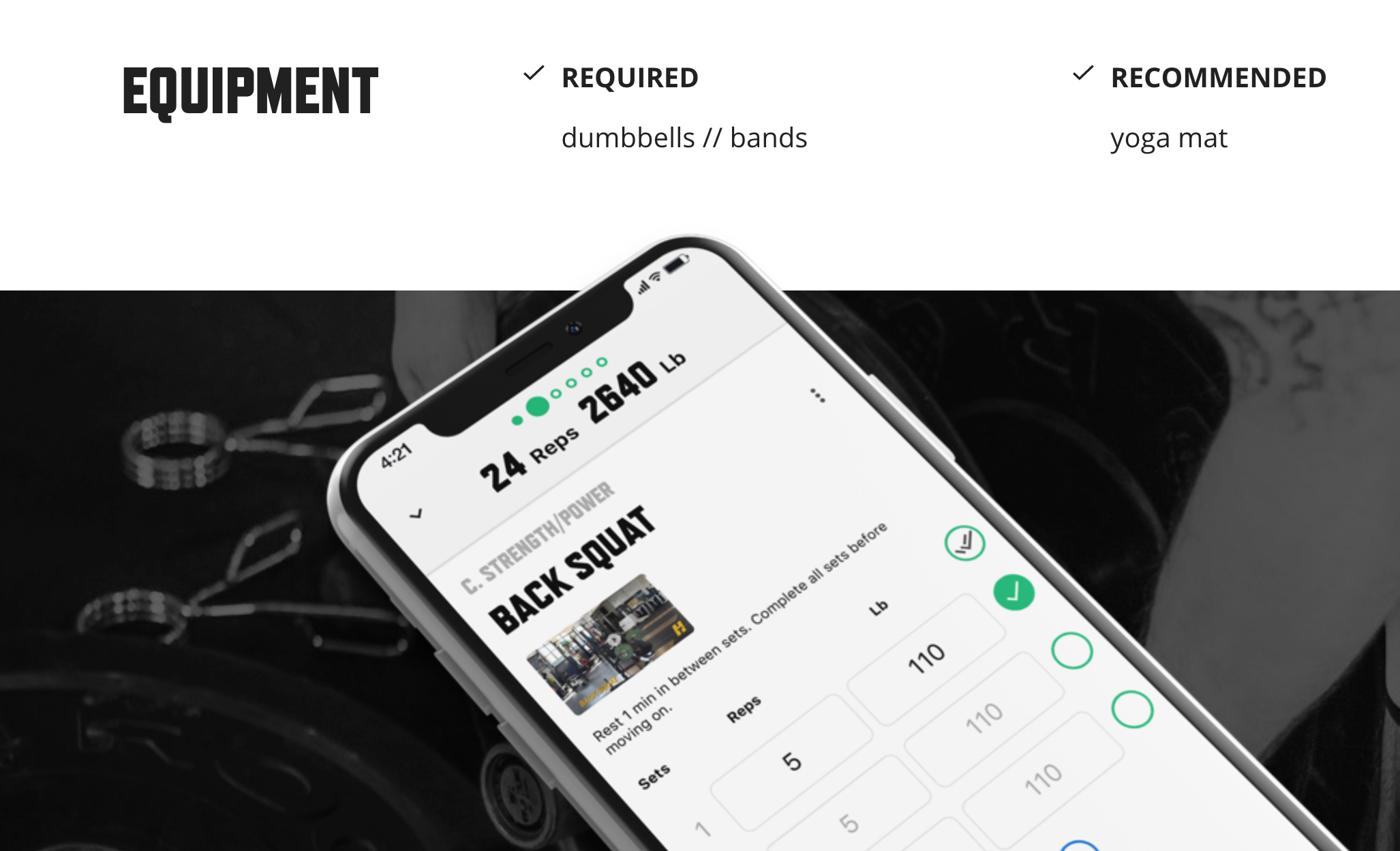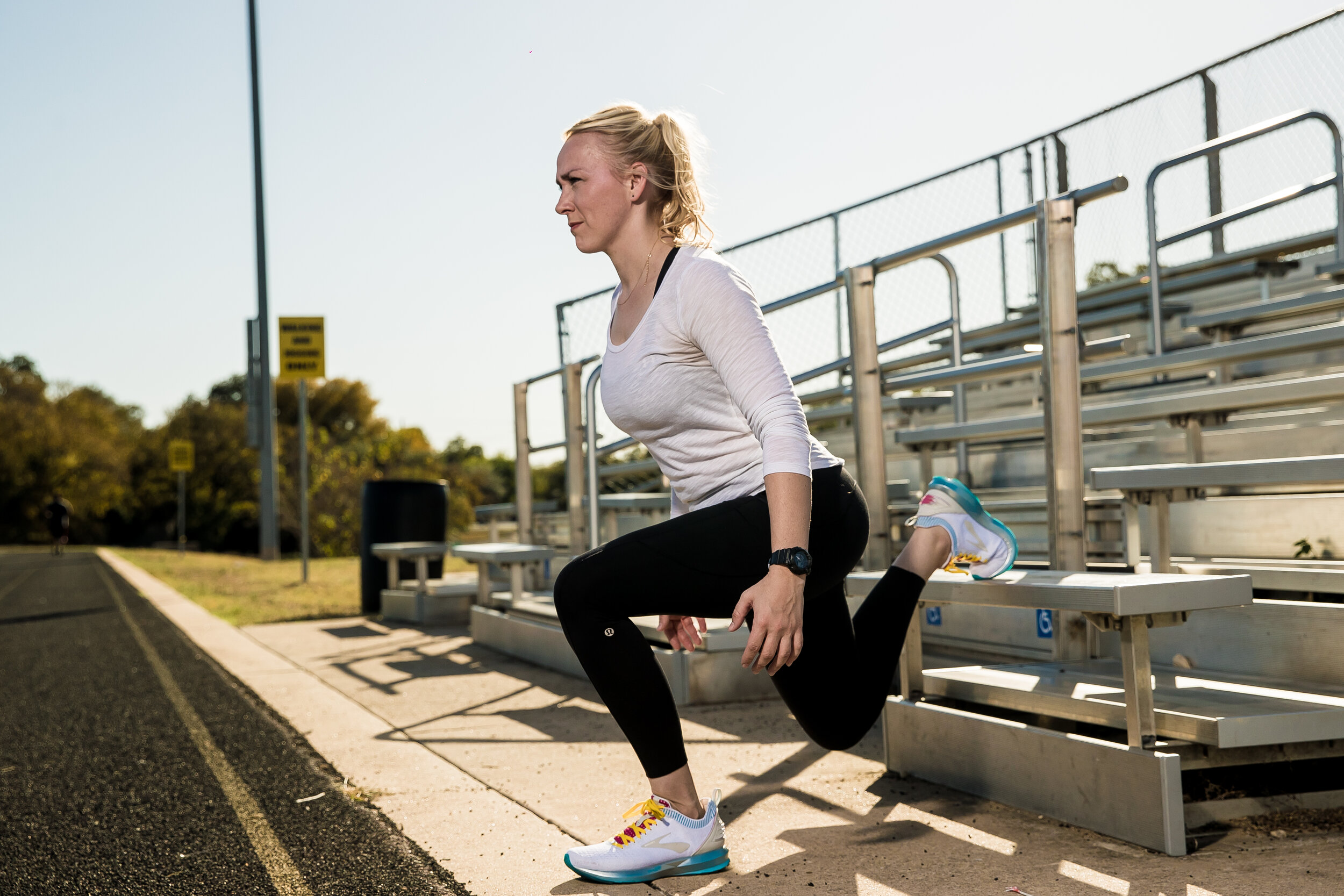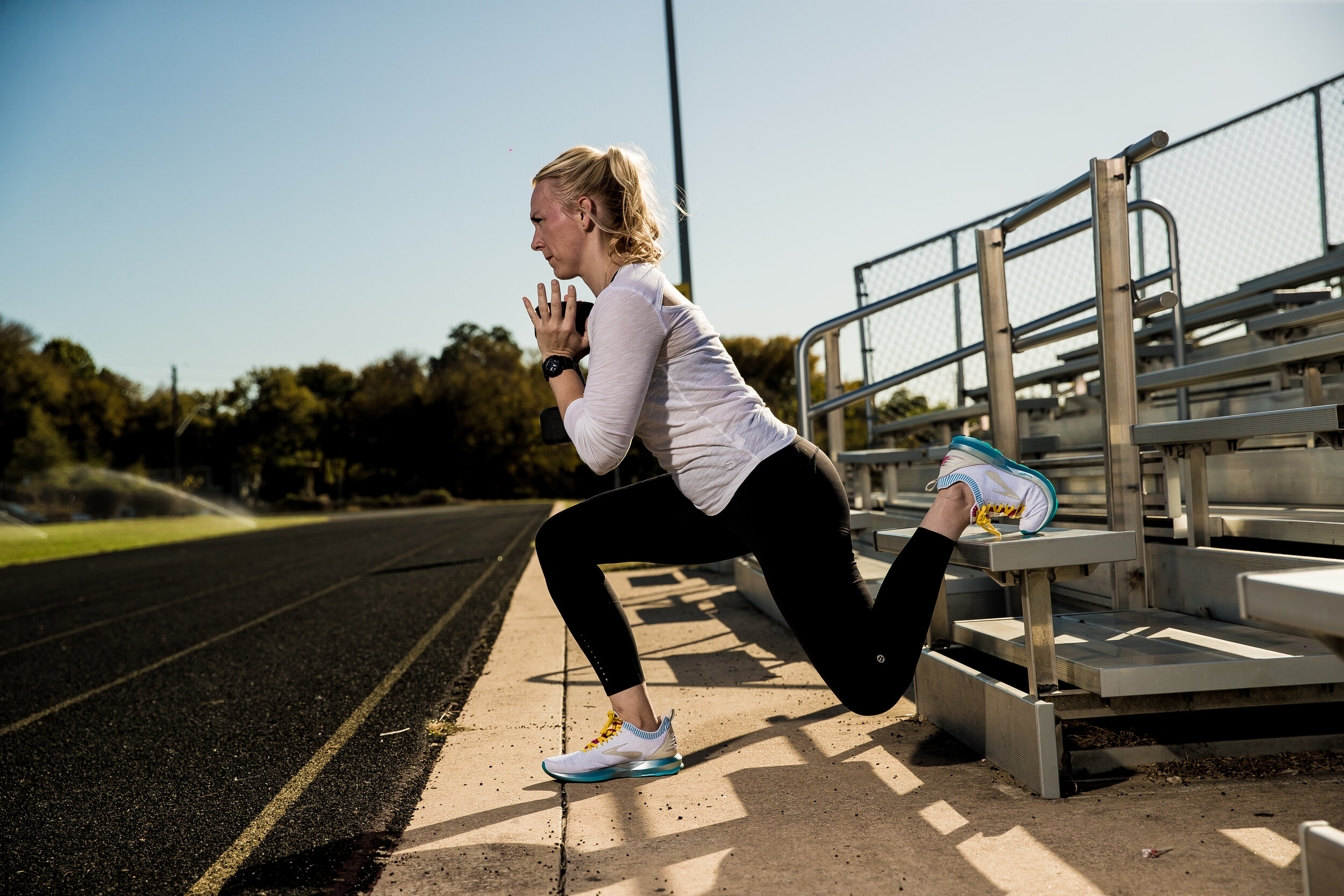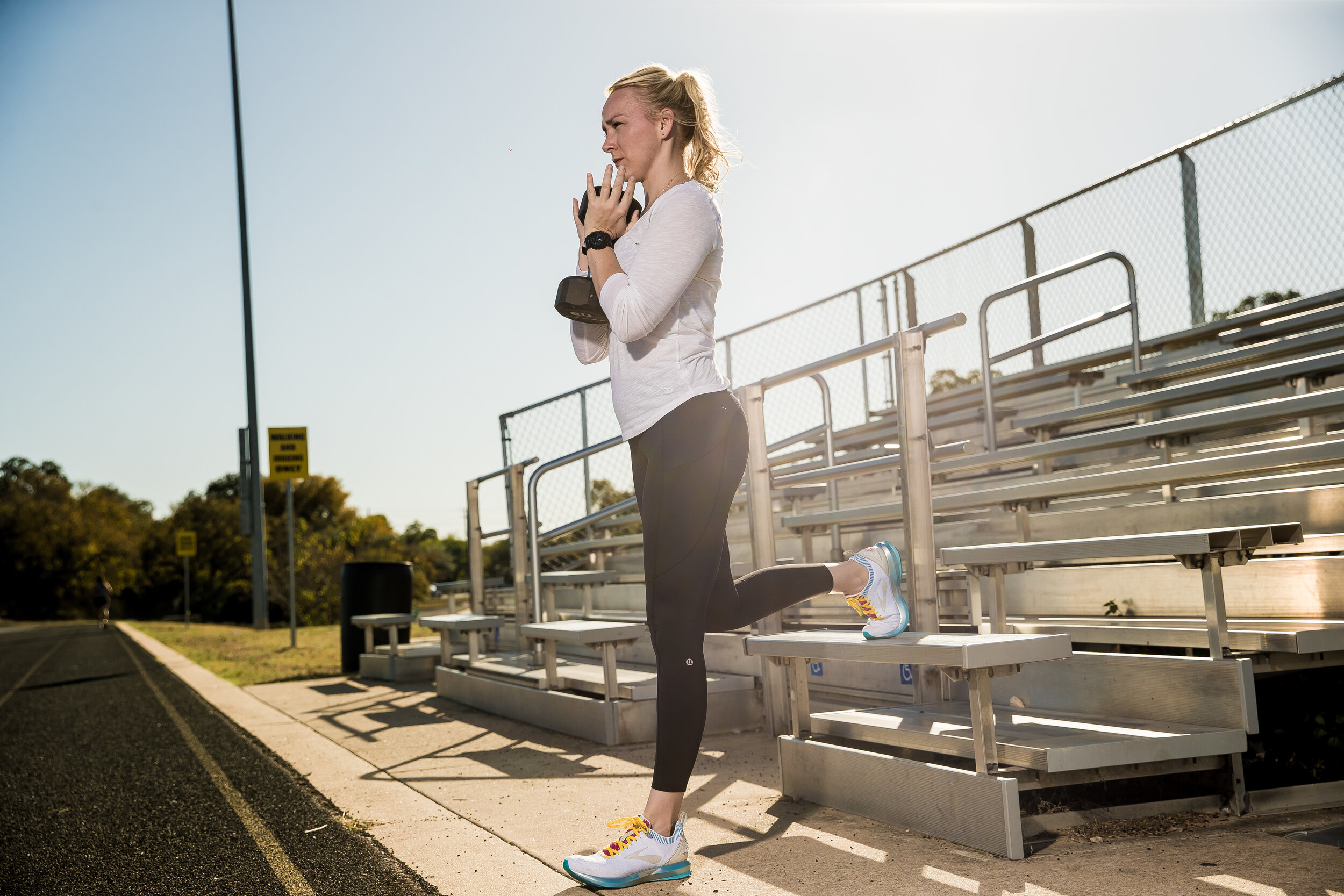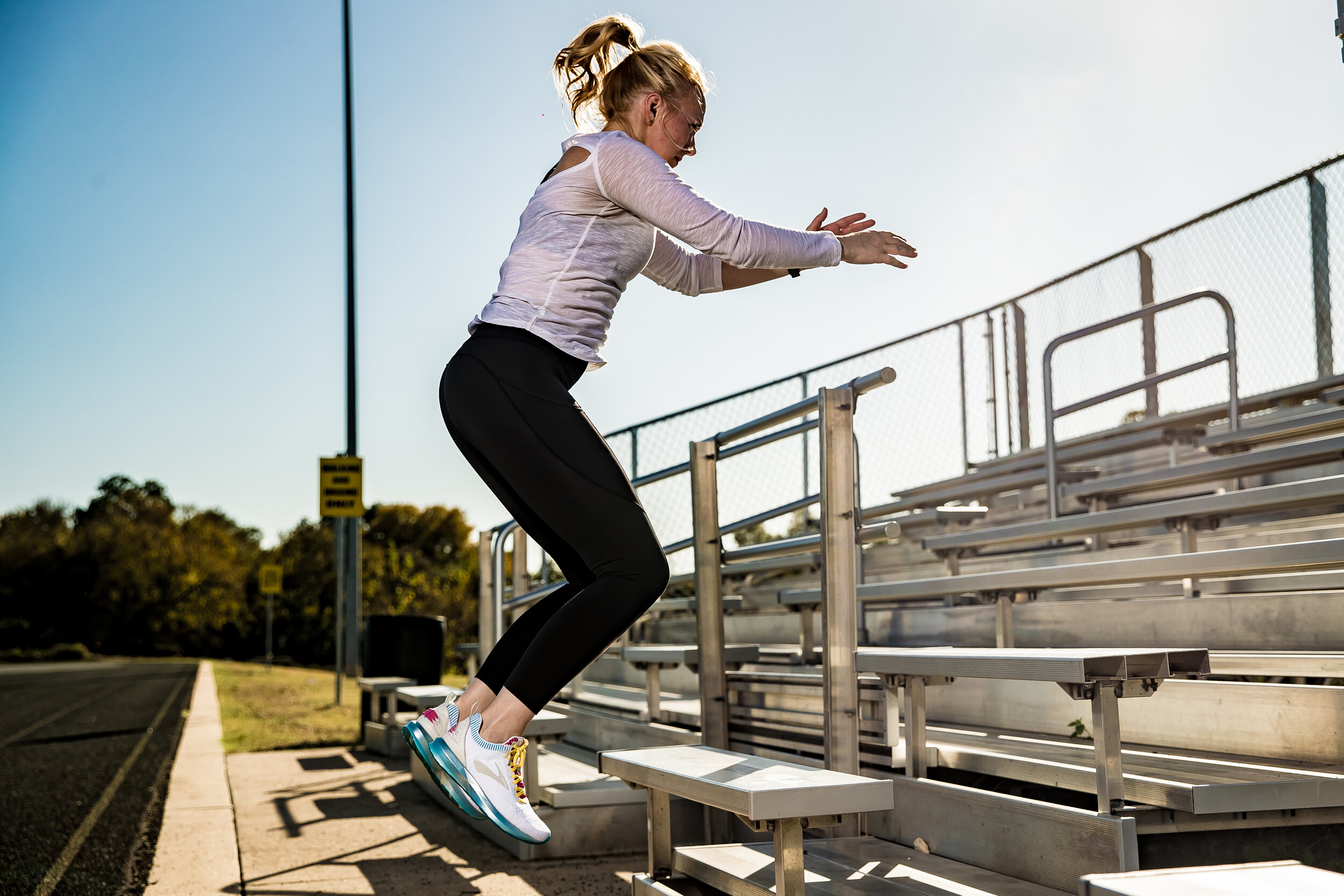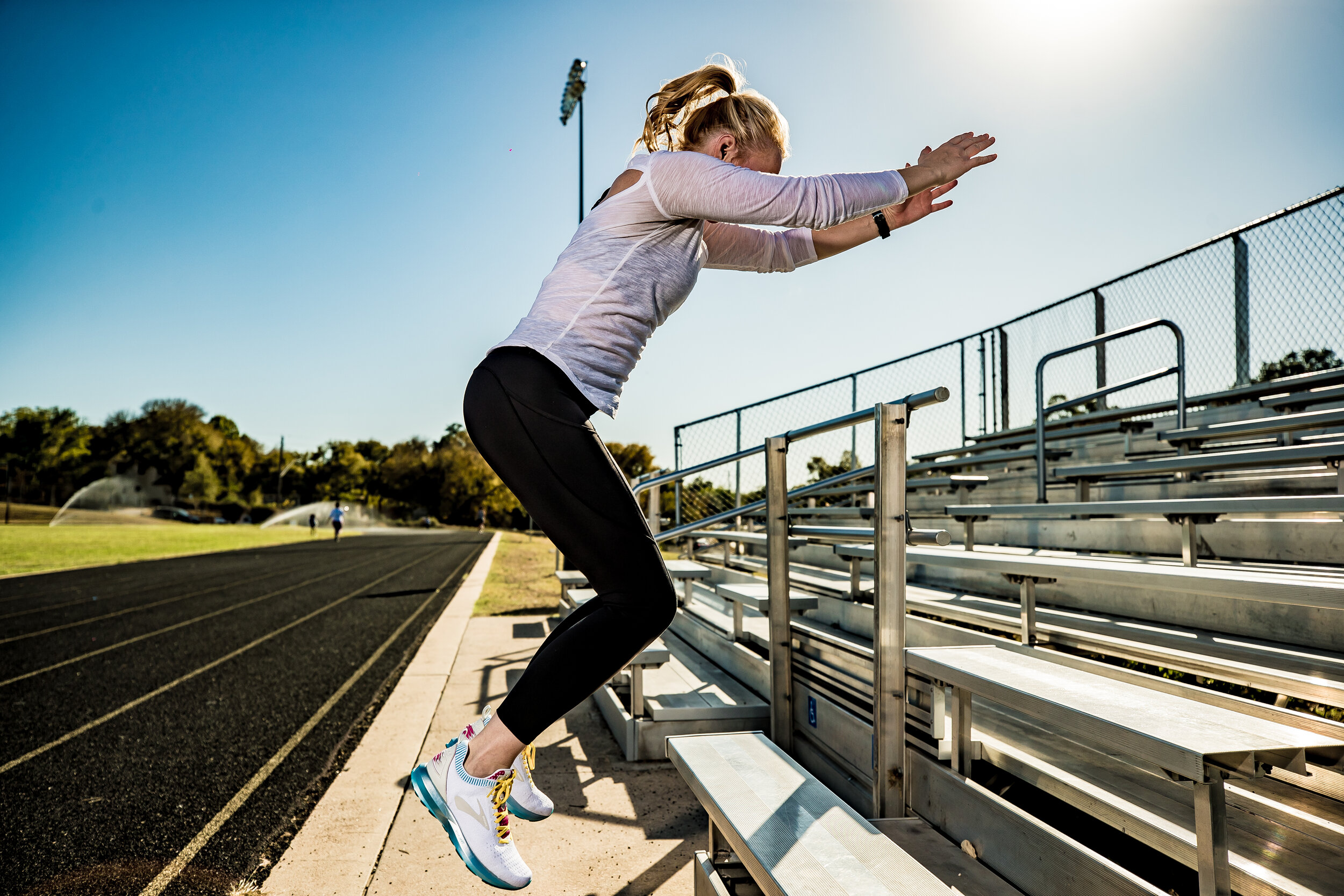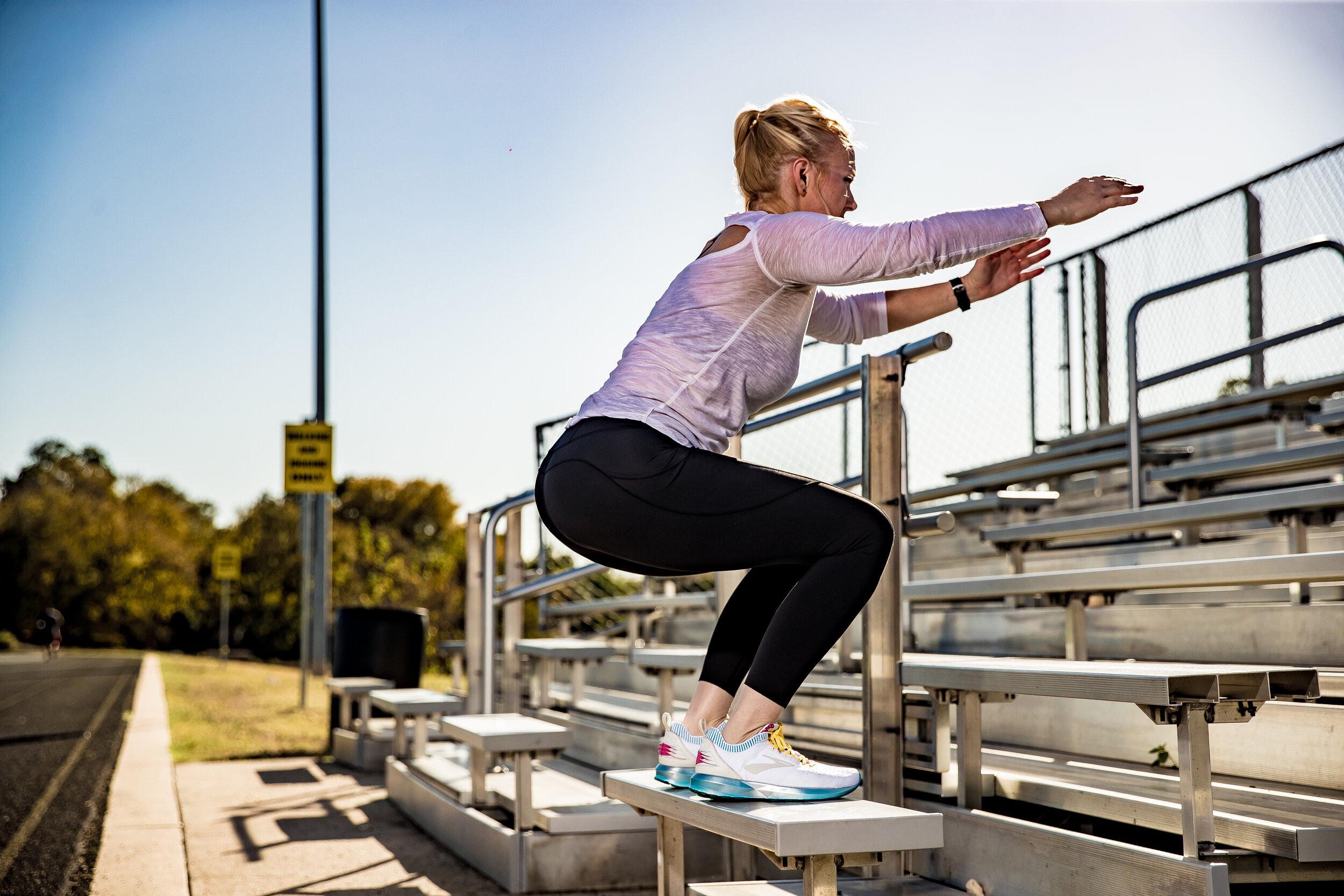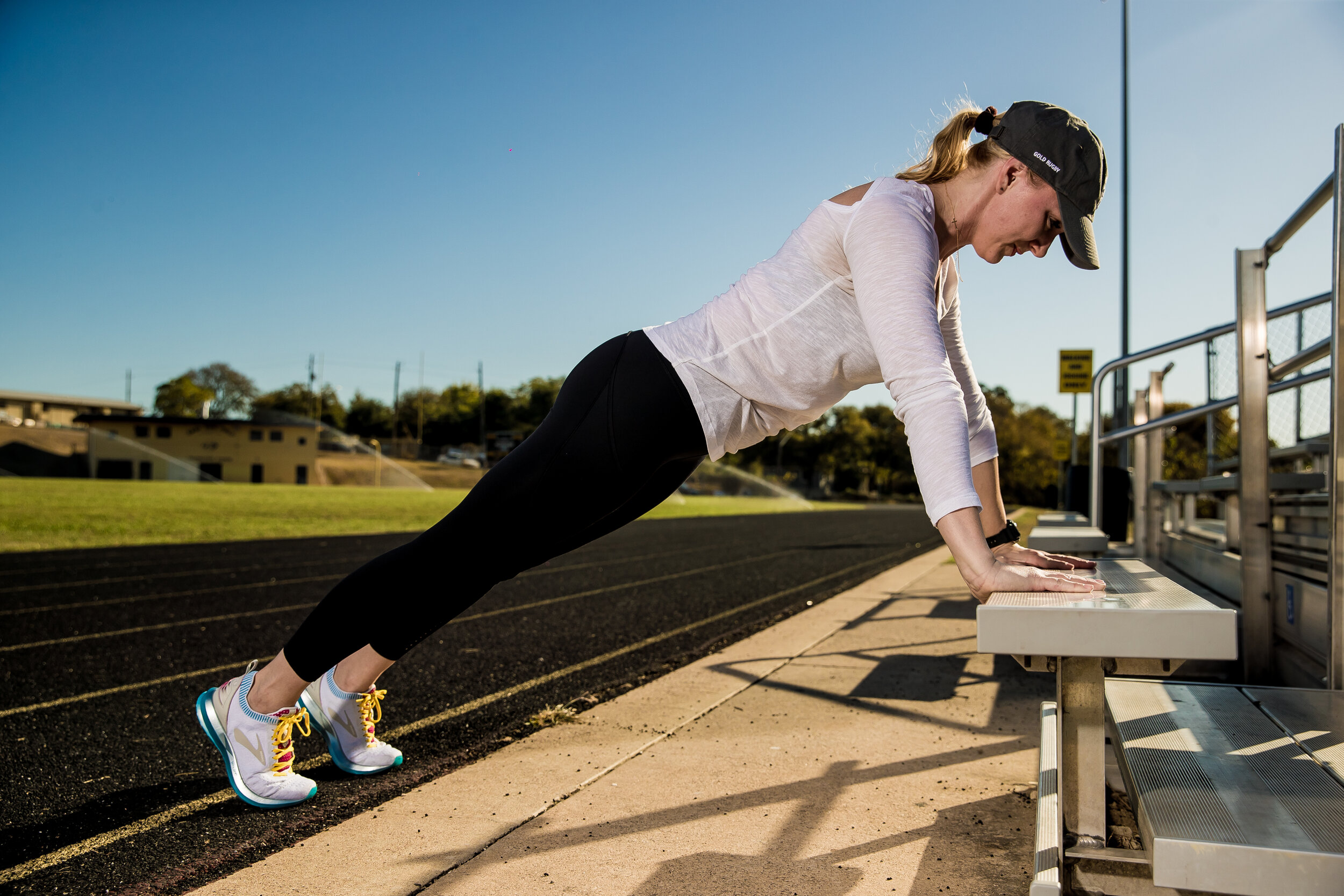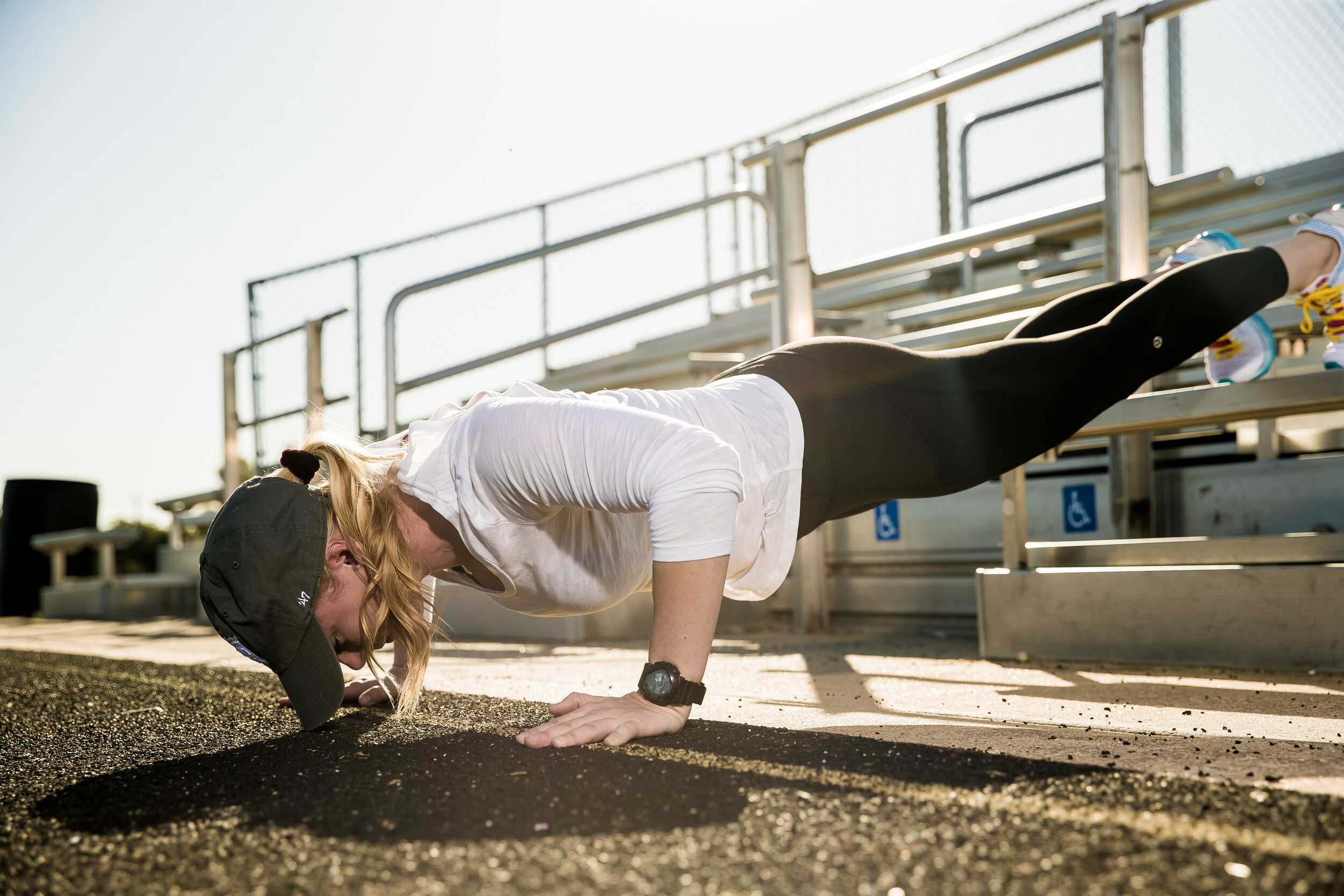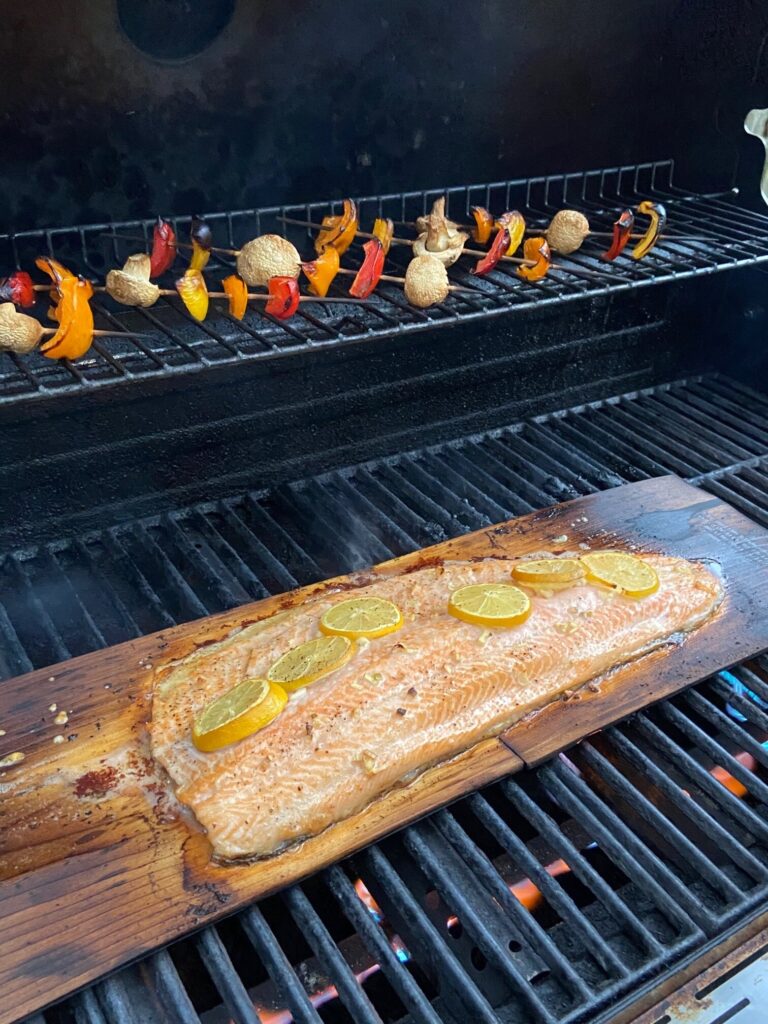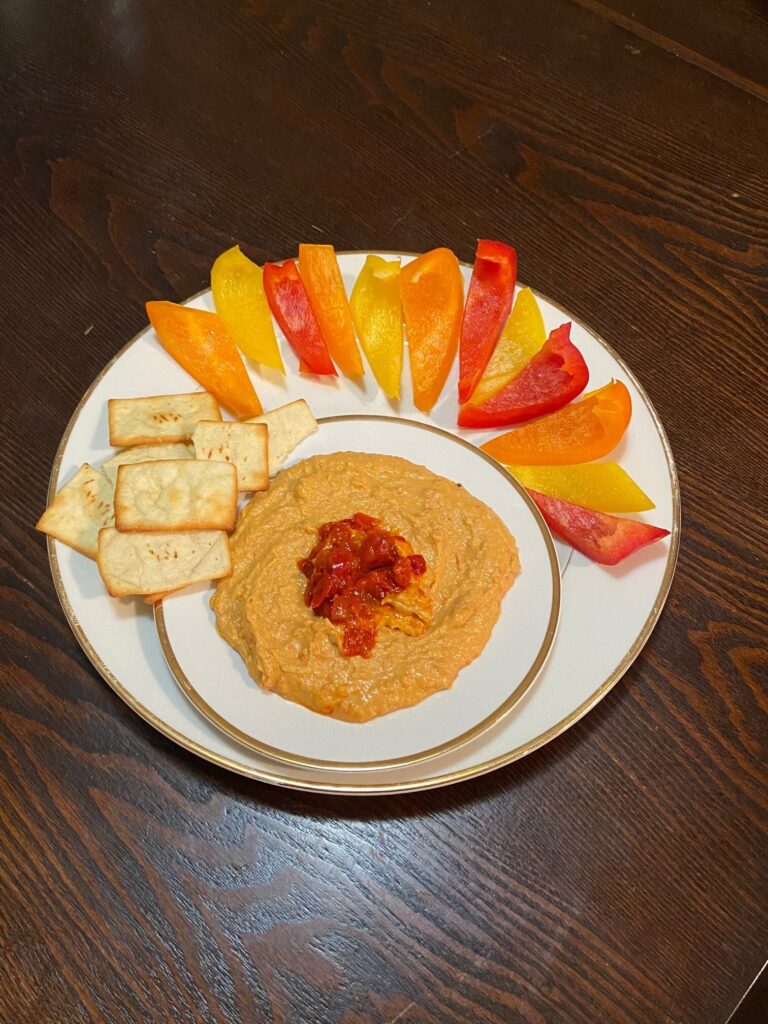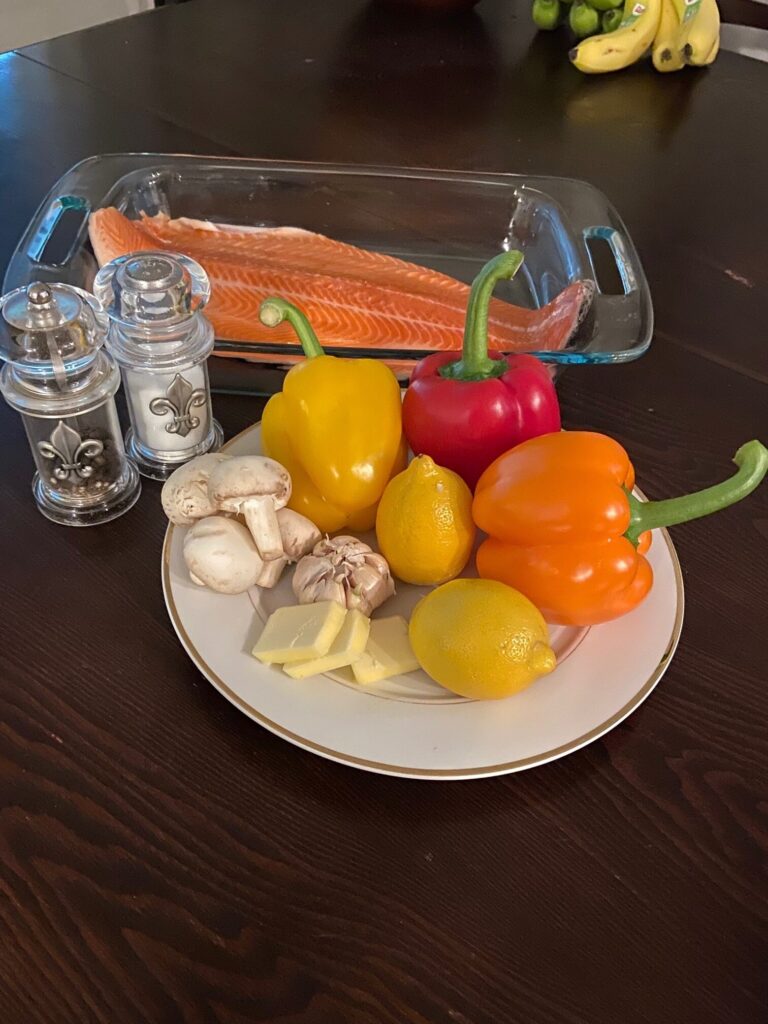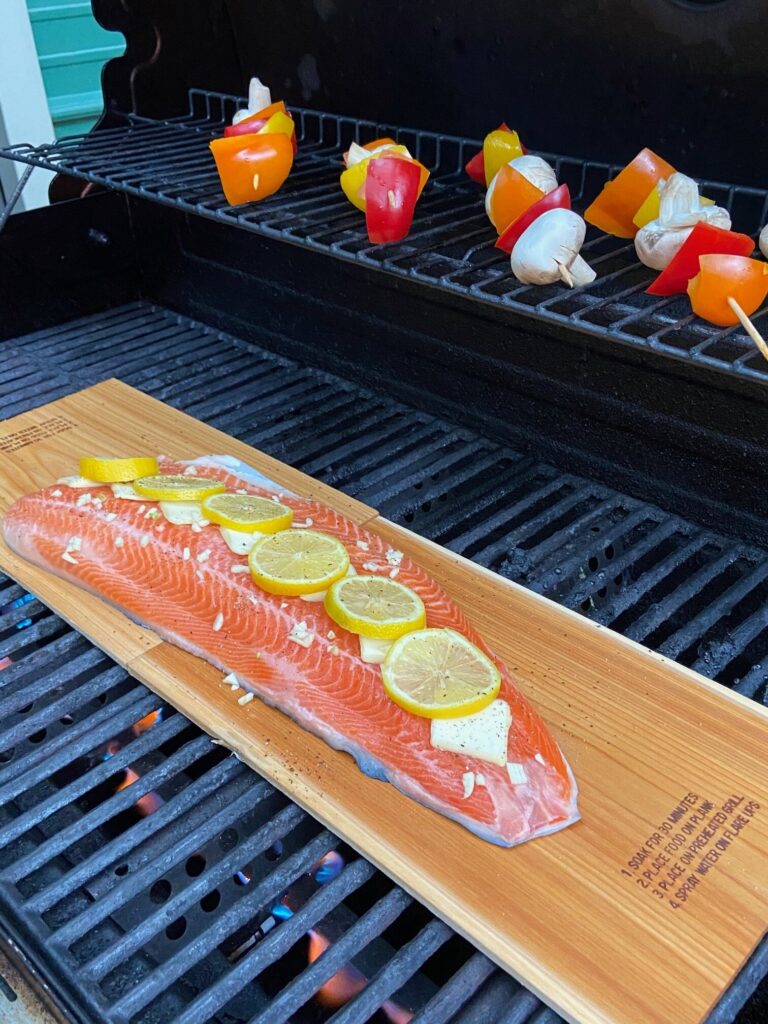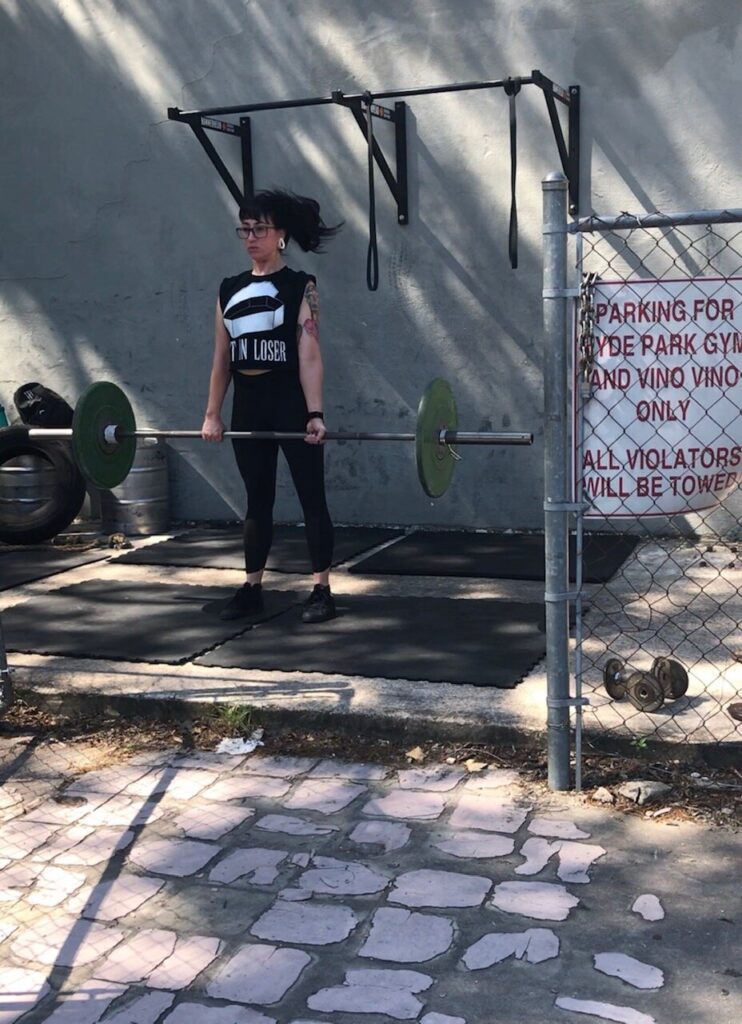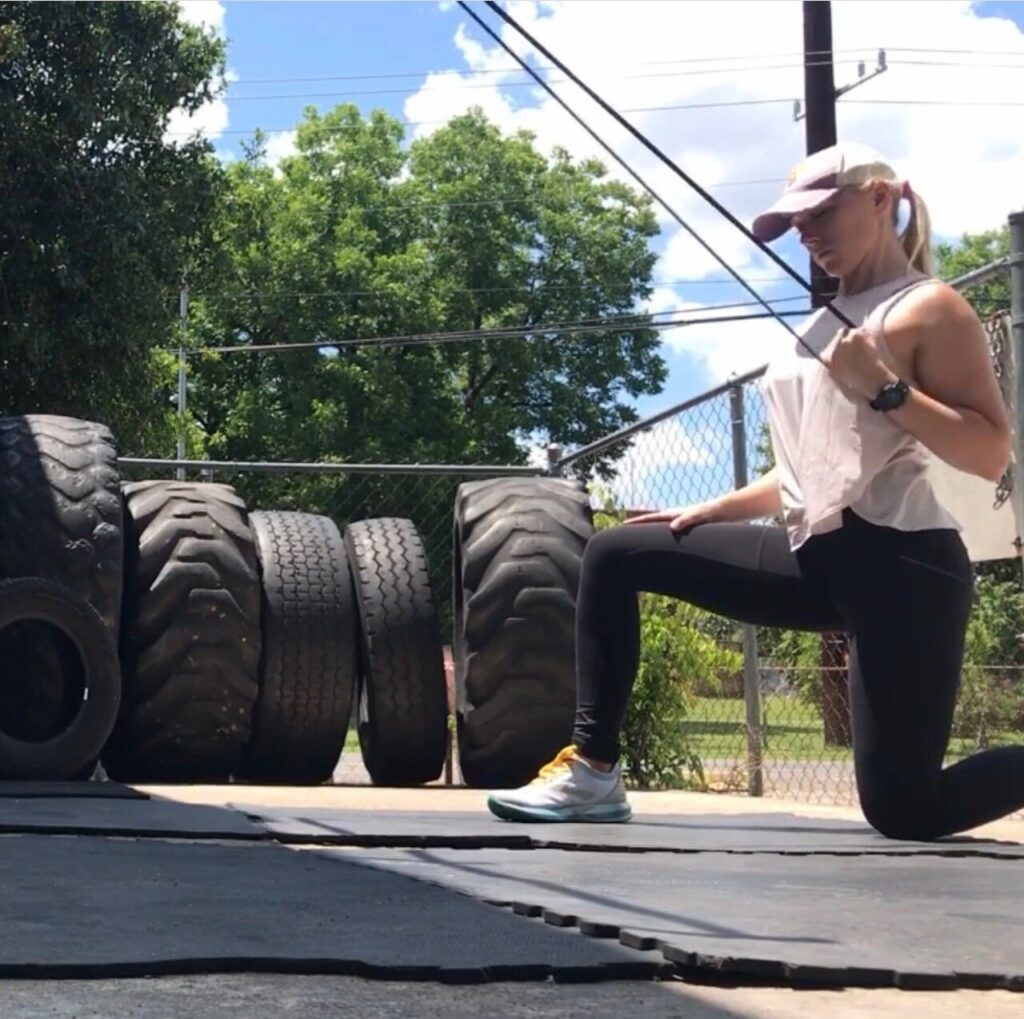Want to be safer when picking up your kid? Yep. Want your lawn work to feel easier? Yes. Want to tighten up your back side? Oh yeah. I have great news for you! If you learn how to band deadlift, you can accomplish all of these at once.
The deadlift and similar deadlift movements are packed with full body benefits. I say “movement” because you don’t have to do a competition style deadlift, as heavy as you can, to benefit. One great alternative is the band deadlift.
Deadlifts Make You Strong
One of the most beneficial lifts, if not the most beneficial lift, is the deadlift. When done properly, the deadlift makes you real-life strong. It makes you more resilient and more injury-resistant.
The deadlift works much of your body and your whole posterior. Your prime movers when deadlifting are glutes, hamstrings, quads and back. The deadlift also works your upper back, traps, grip, and trunk.
Because it works so much of your body’s musculature, and because the deadlift allows a great amount of exertion, it sends a strong signal to your body to get respond. It says, “Get stronger and grow!”
Why Doesn’t Everyone Deadlift?
One of the biggest impediments to practicing the deadlift is that a traditional deadlift requires a 7 foot bar. Not many people have a barbell like that at home, and not even all gyms have good barbells. Additionally, some people prefer not to do a barbell deadlift. That is OK.
I do want you to have options though, because picking anything up off the floor is a movement that mimics the deadlift, and you’ll surely do that in your life. I want you to do it safely. A simple band at home can help you practice the deadlift movement by doing the band deadlift.
How to do the Band Deadlift
- stand with both feet on an appropriately resistant band
- keep your whole trunk engaged (abs on, arms pressed down)
- keep your trunk neutral (neutral here means straight like normal, no swayback or tucked)
- bring your hips toward the ground and grab the band
- keeping your arms straight and your trunk unmoving, squeeze your glutes and grab the ground with your toes
- press the ground away from you as you stand all the way up
- reverse the movement to return to your starting position
Where to Find the Right Equipment for Band Deadlifts
You can find a good and inexpensive band with a quick search for “resistance band”. Look for the flat band and not tubing. If you have questions about the purchase process or your form, please email me! I am happy to help and I wish you fun, fruitful deadlifting!
Are you nervous about getting in the gym? Read some short term mindset shifts for long term confidence in the gym.
See More How-To’s Below
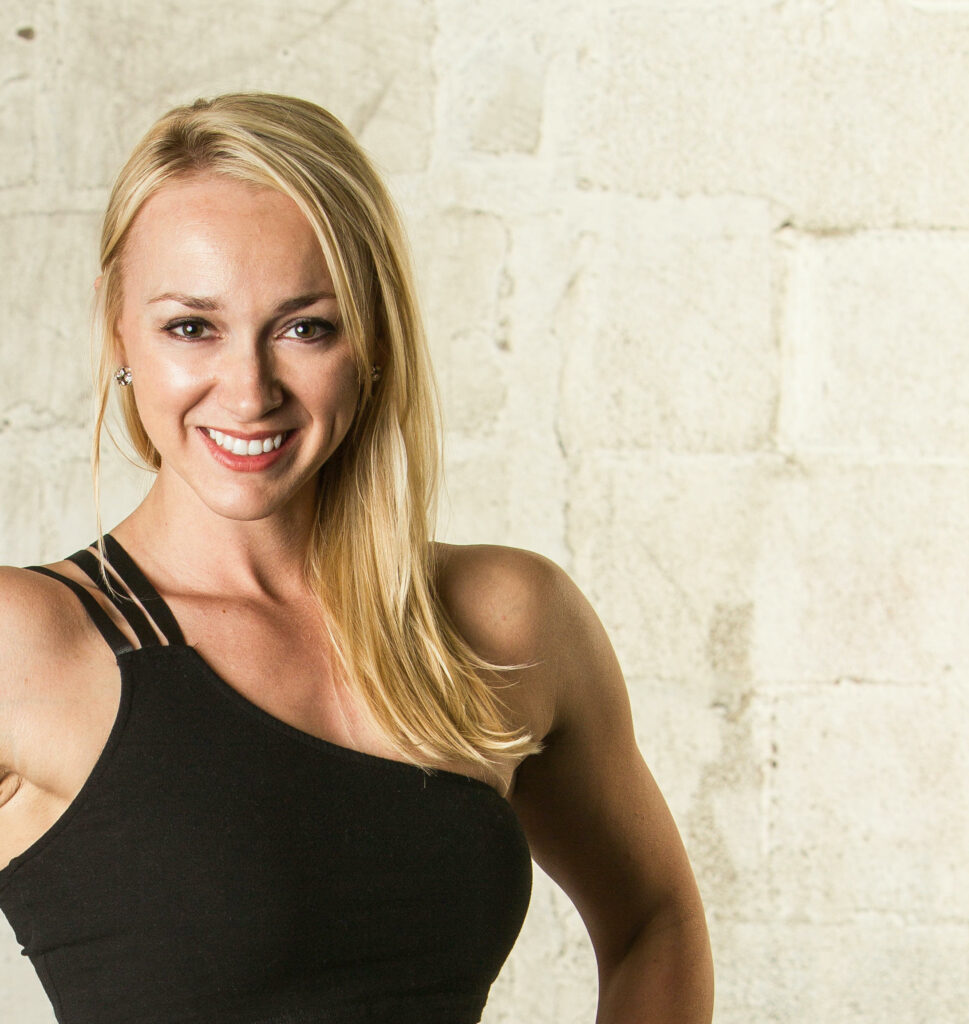
About the author
Kathryn Alexander is a strength coach and personal trainer in Austin, Texas. She loves hiking, college football, and the feel of a perfectly knurled barbell. Read more about Kathryn here.

